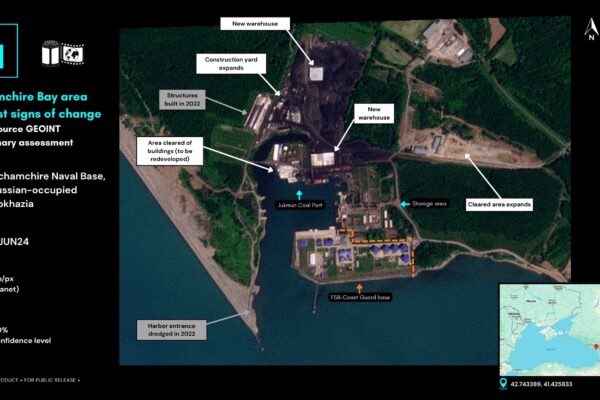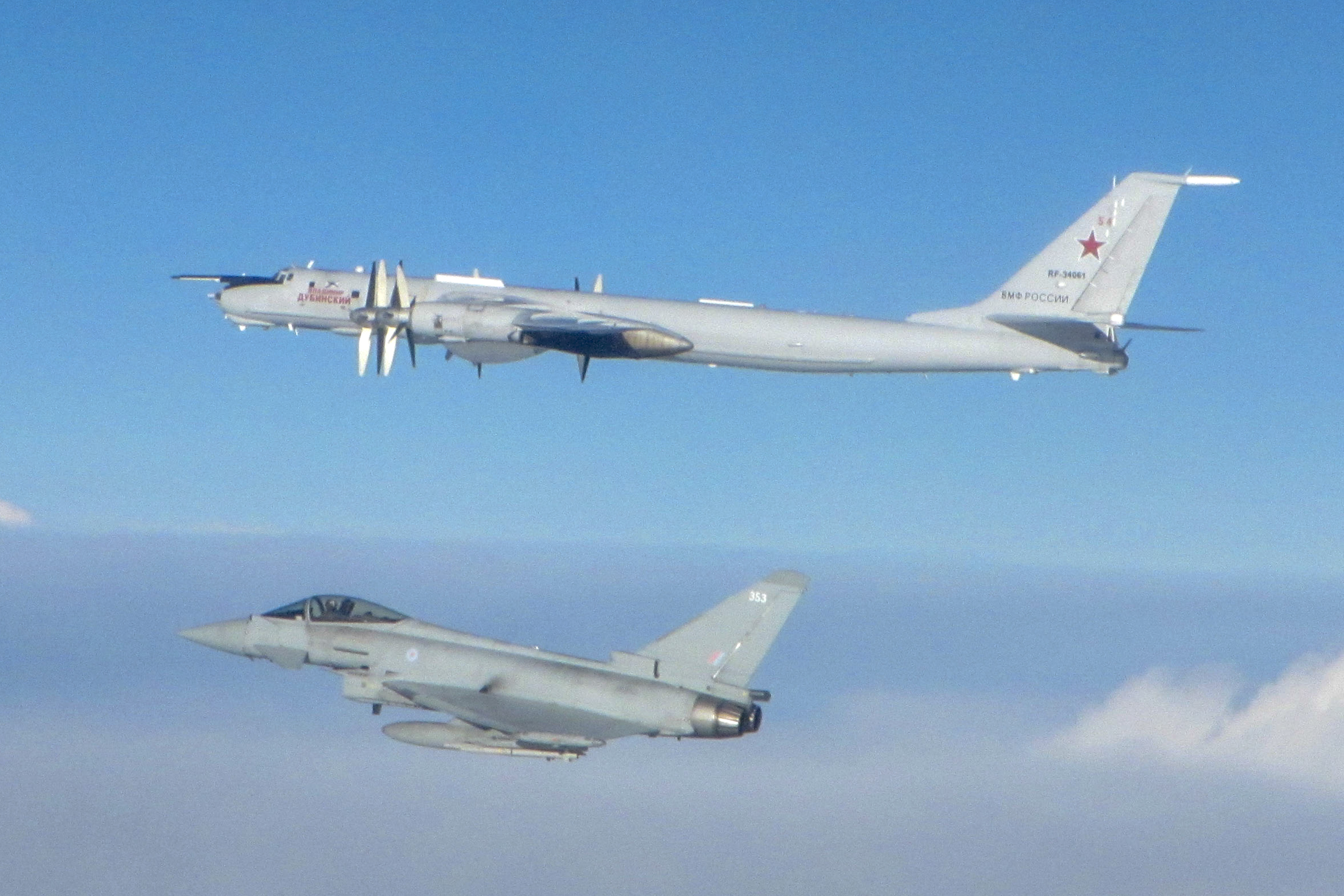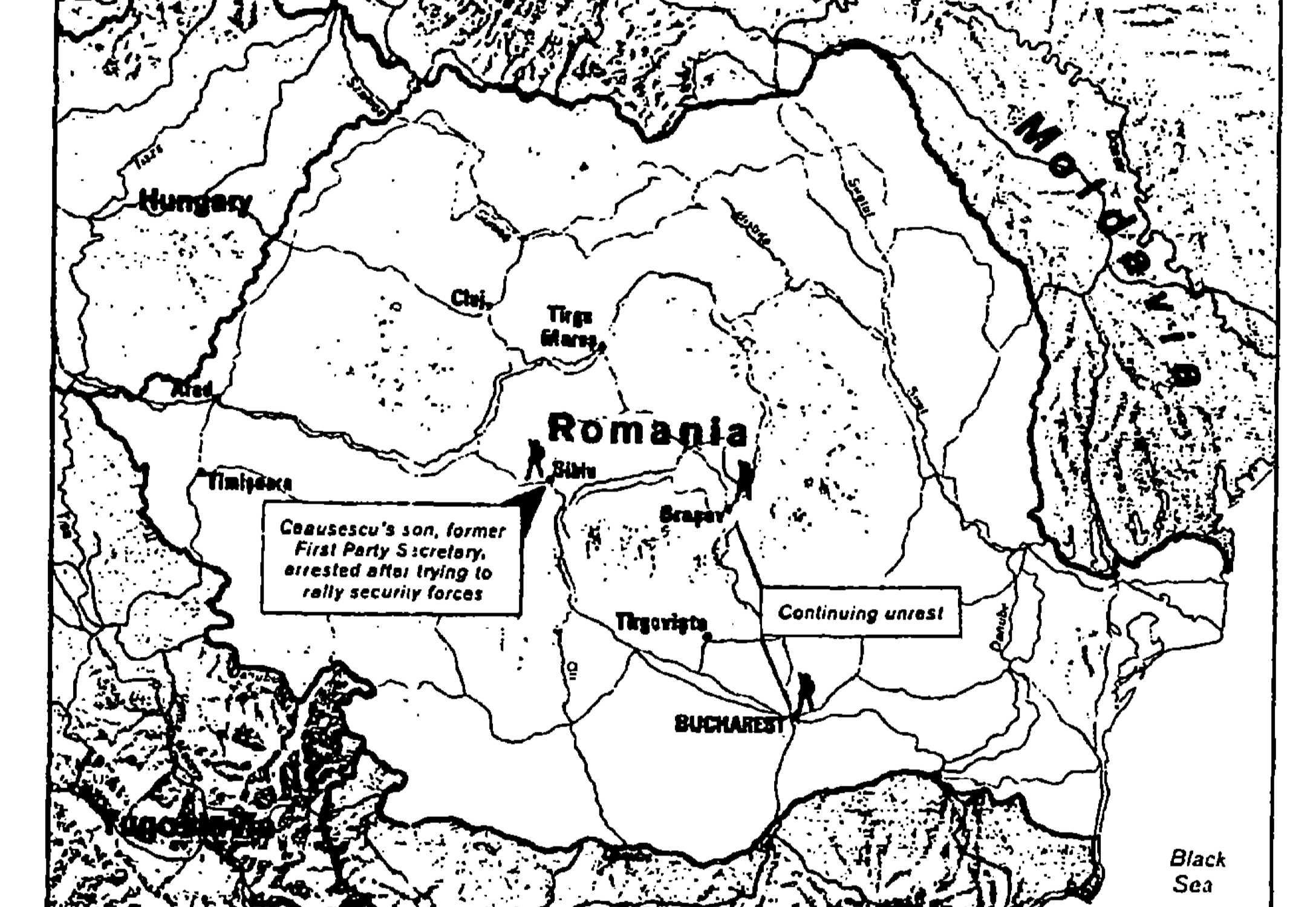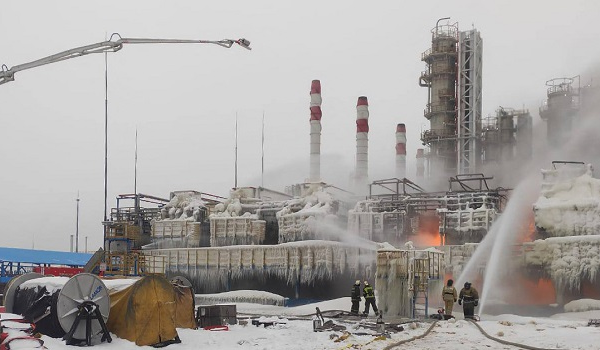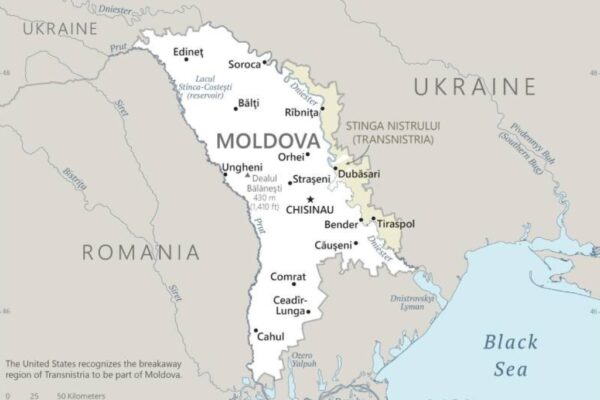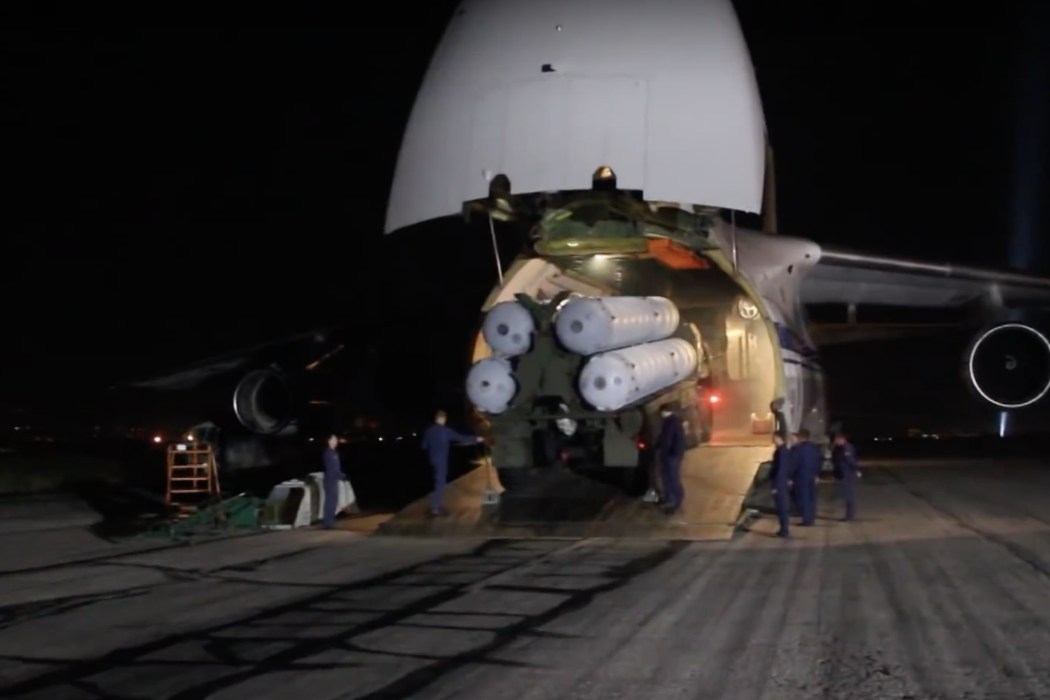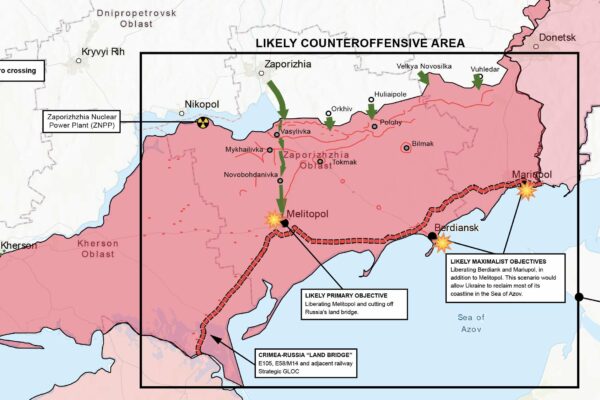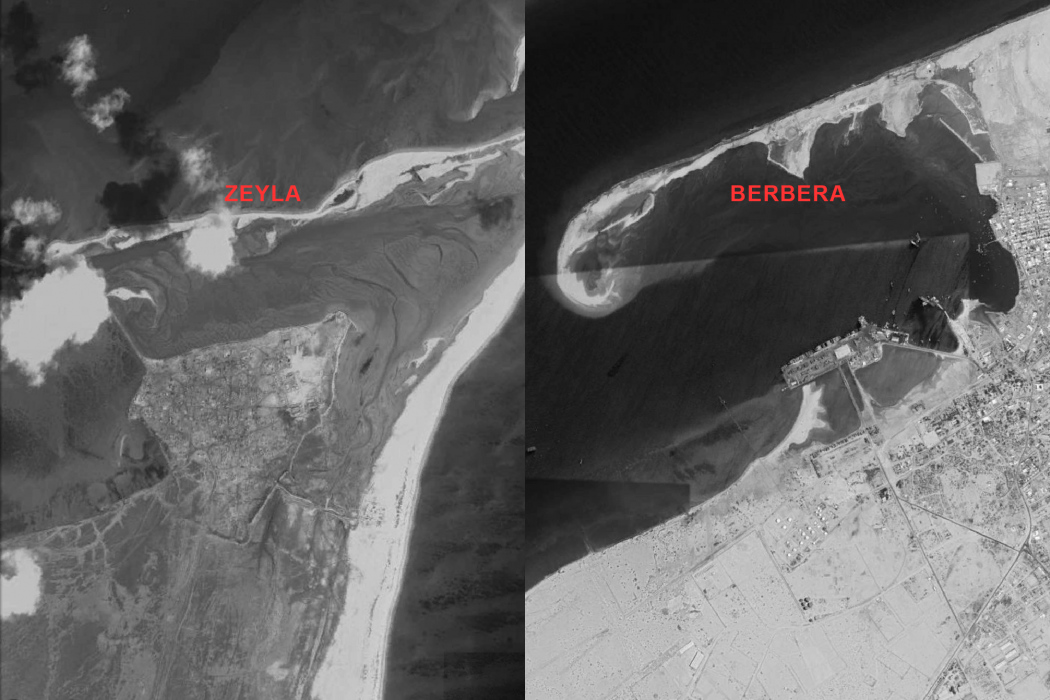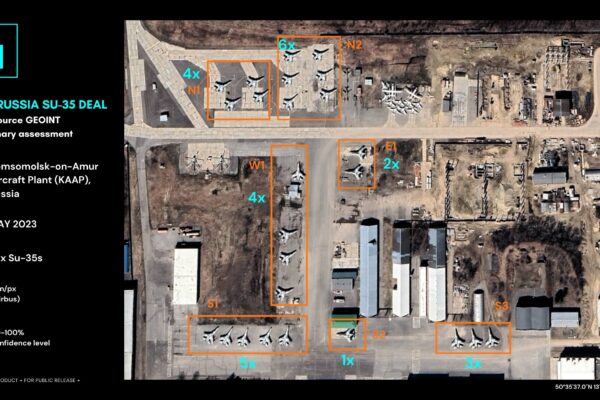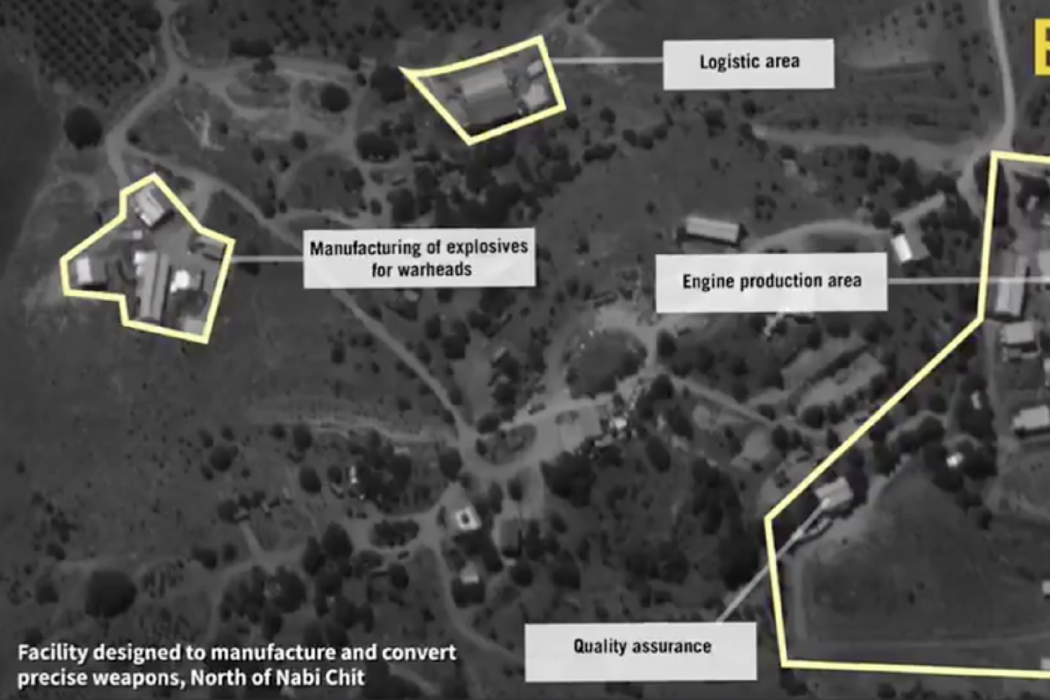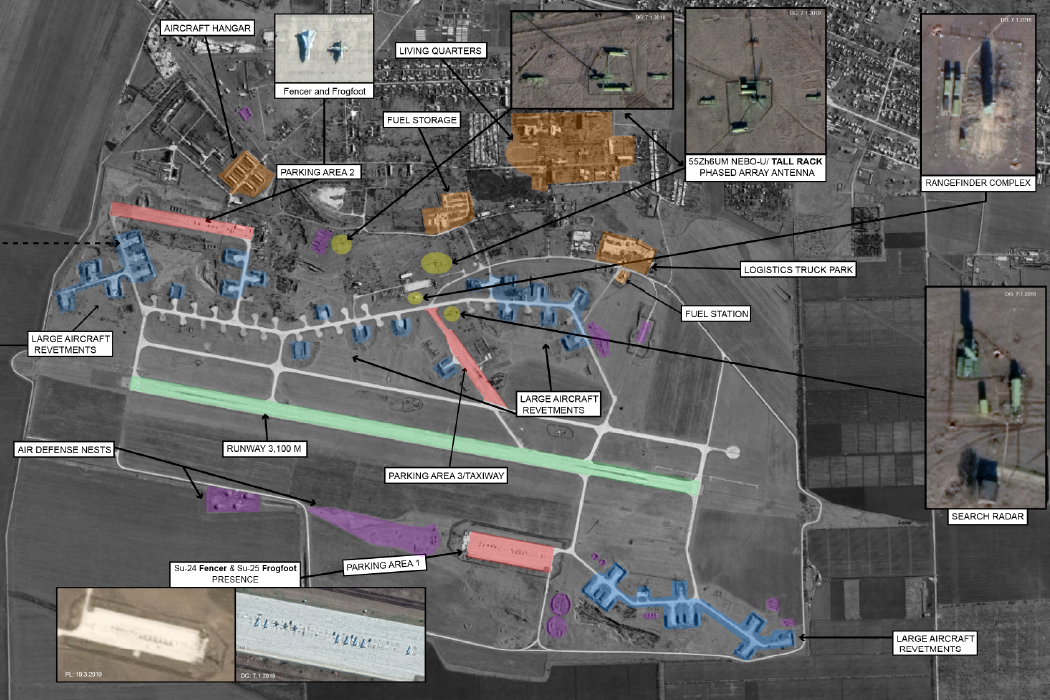1. At least two U.S. Air Force Boeing signals intelligence aircraft (SIGNT) – Boeing RC-135V (callsign: TIMEX21) and RC-135U (EXTRO21) – conducted SIGINT collection sorties over the Eastern Mediterranean between 9 and 11 AM UTC time today. An Israeli Air Force (IAF) Gulfstream G550 Nachshon Aitam 676 SIGINT platform was also spotted over central and northern Israel. These platforms were on station, after a Syrian Air Ilyushin-76 heavylift cargo aircraft (RB/SYR9824) took off from Tehran Mehrabad International Airport (THR).

IAF-USAF SIGINT runs in Eastern Mediterranean captured by T-Intelligence via ADS-B exchange
2. The SIGINT platforms likely attempted to intercept communications between Syrian military and air control units to determine whether the cargo plane is a high-value target (HVT) that carries heavy weapons such as ballistic missiles (BM) destined for Iranian-affiliated paramilitary units. Should the presence of a HVT be confirmed, the IAF will likely conduct a tactical air strike to destroy the package. Both SIGINT collection sorties and air strikes have become common practices, as the IAF is attempting to curb the Iranian entrancement in Syria. Most of the Iranian military cargo eventually ends up in the hands of militias that operate against Israel, such as the Lebanese Hezbollah or the Palestinian Islamic Jihad Organization.
3. Syrian Air flight RB/SYR9824 (registration YK-ATB) left THR at 8:43 AM (UTC) westbound with no destination listed. When approaching the Syrian-Iraqi border around 10:12 AM, the flight turned its AVB transponder off. Twenty minutes later, the flight re-apparead over Homs province, Syria. Around 10:35 AM, the aircraft went dark again, while dropping to an altitude of 6,800 meters. As the aircraft made a northern course correction, the flight path of RB/SYR9824 suggests a destination north of Damascus. Whether this is indeed true or just a counter-surveillance maneuver to deceive its U.S. and Israeli watchers, is unknown.

Flightpath of RB/SYR9824 via FlightRadar24
5. In conjunction with its land-corridor, the Iranian Revolutionary Guards Corps (IRGC) also operates an air route to supply its external branch, the al-Quds forces (IRGC- Quds), and affiliated Shi’a militias operating in Syria. Common destinations for the flights from Tehran and Kermanshah are the main Damascus airports (International and Mezzeh), Basil Al-Assad Airport in Latakia province and other airfields in Hama and Aleppo. Besides the civilian companies Mahan Air, Syrian Air and Fars Air Qeshm, Iran is also known to use military aircraft operated by the Iranian Air Force (IRIAF) and the Syrian Arab Air Force (SyAAF).

IRGC land-coriddor known as “Shi’a Crescent” via T-Intelligence
6. The presence of IAF/USAF SIGINT platforms does not automatically indicated that a HVT is onboard and that an Israeli air strike will follow. The IAF is tracking all suspicious flights inbound for Syria and Lebanon, many of which do not carry HVT cargo or whose payload does not mandate immediate kinetic action. The IAF/USAF SIGINT collections efforts could also be related to rumors indicating an imminent operationalization of the SyAAF’s S-300PM2 (SA-20B Gargoyle) surface to air missile system.
by HARM
Editing by Gecko
Founder of T-Intelligence. OSINT analyst & instructor, with experience in defense intelligence (private sector), armed conflicts, and geopolitical flashpoints.



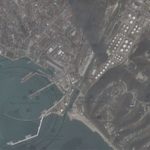

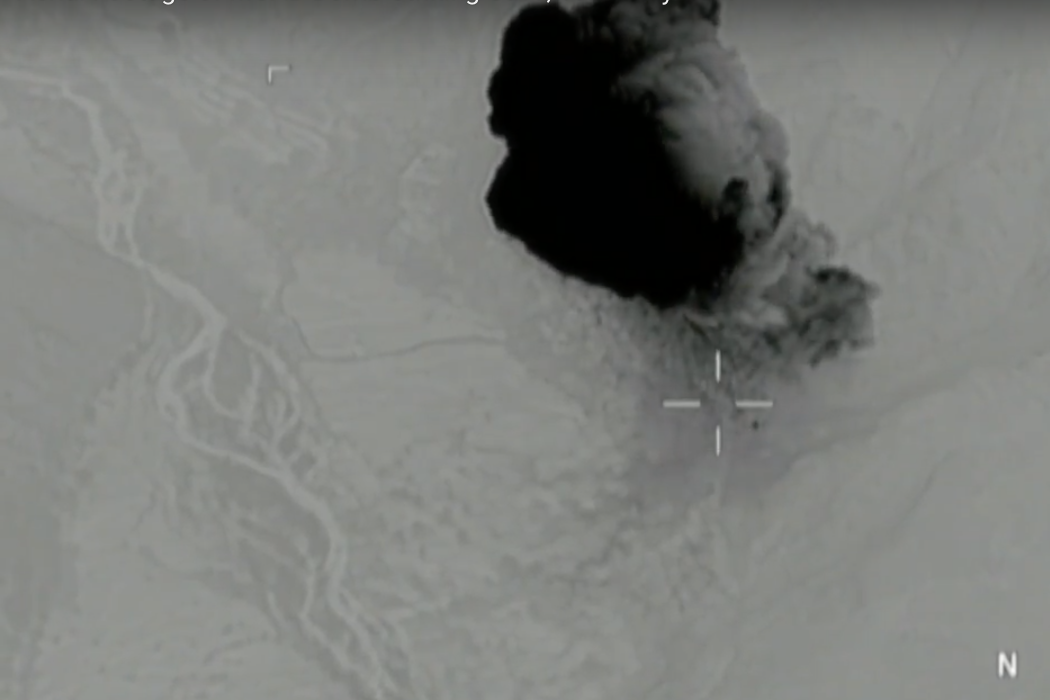

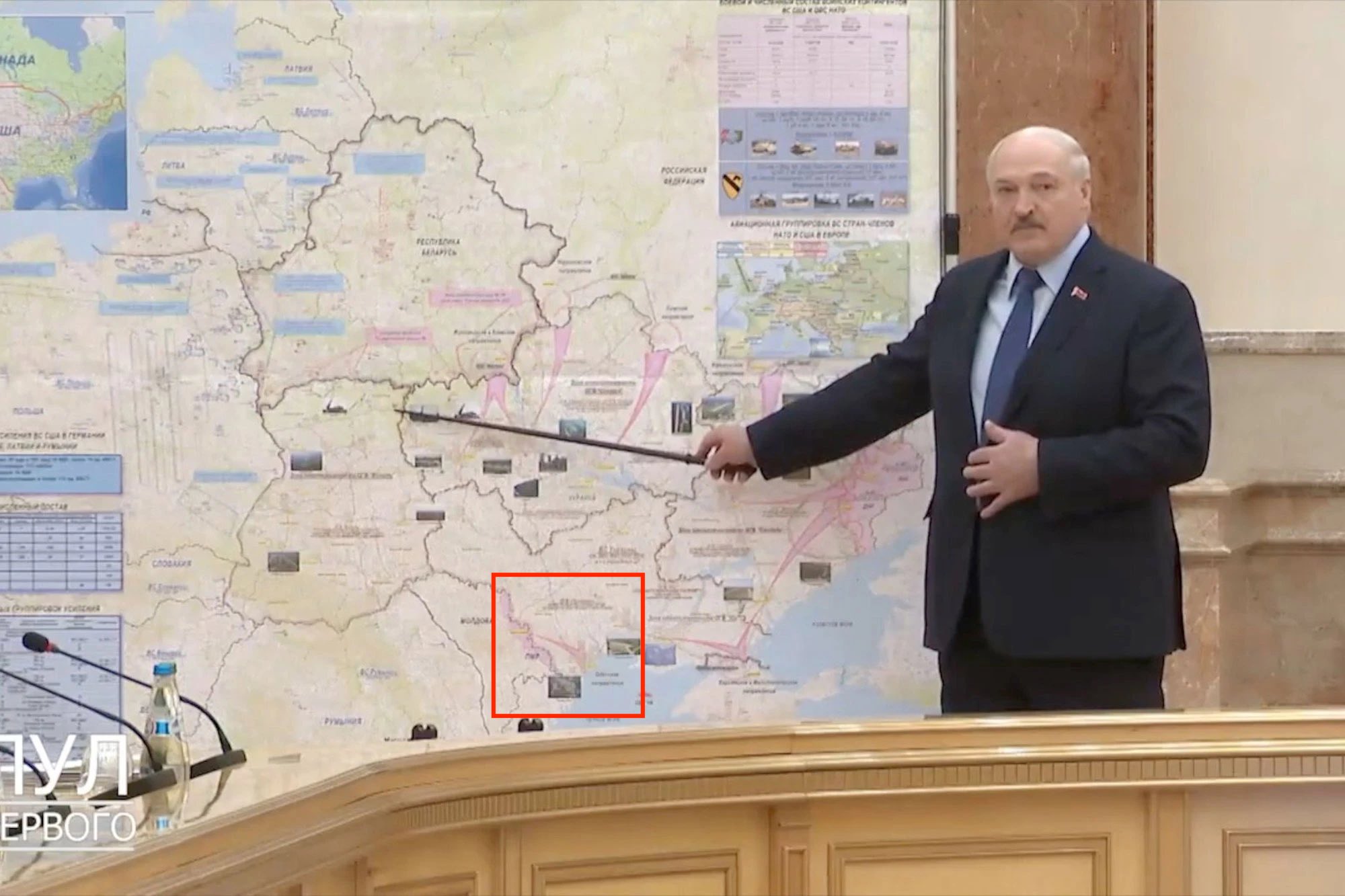


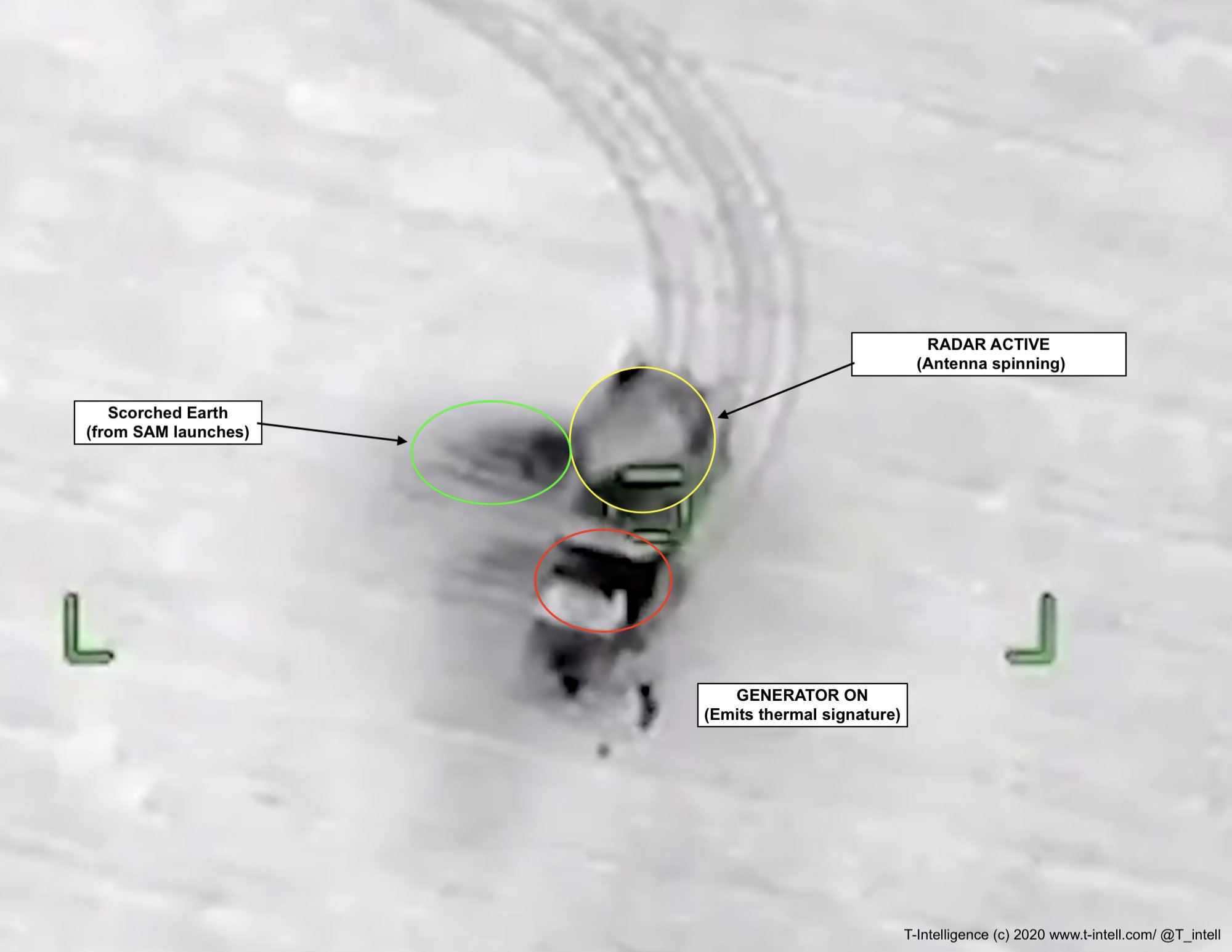
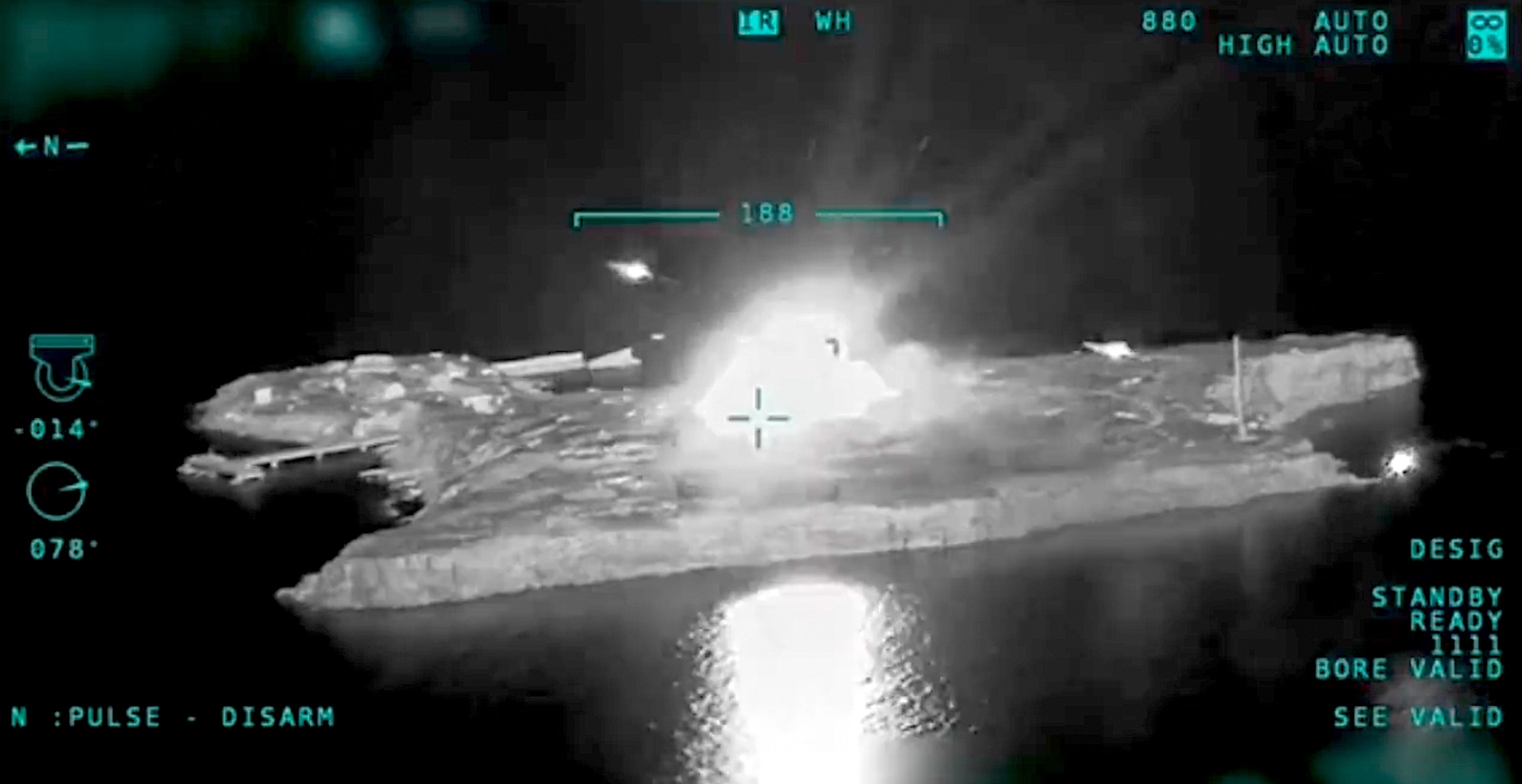

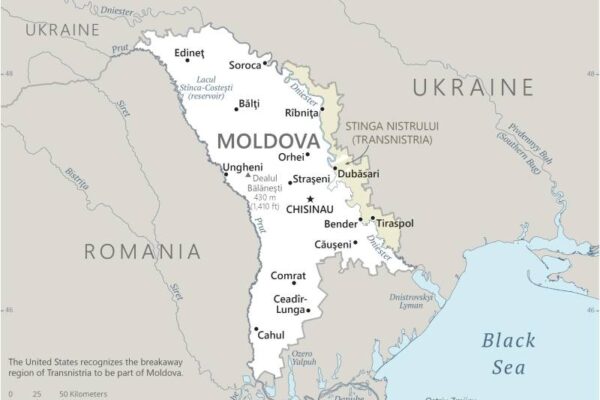
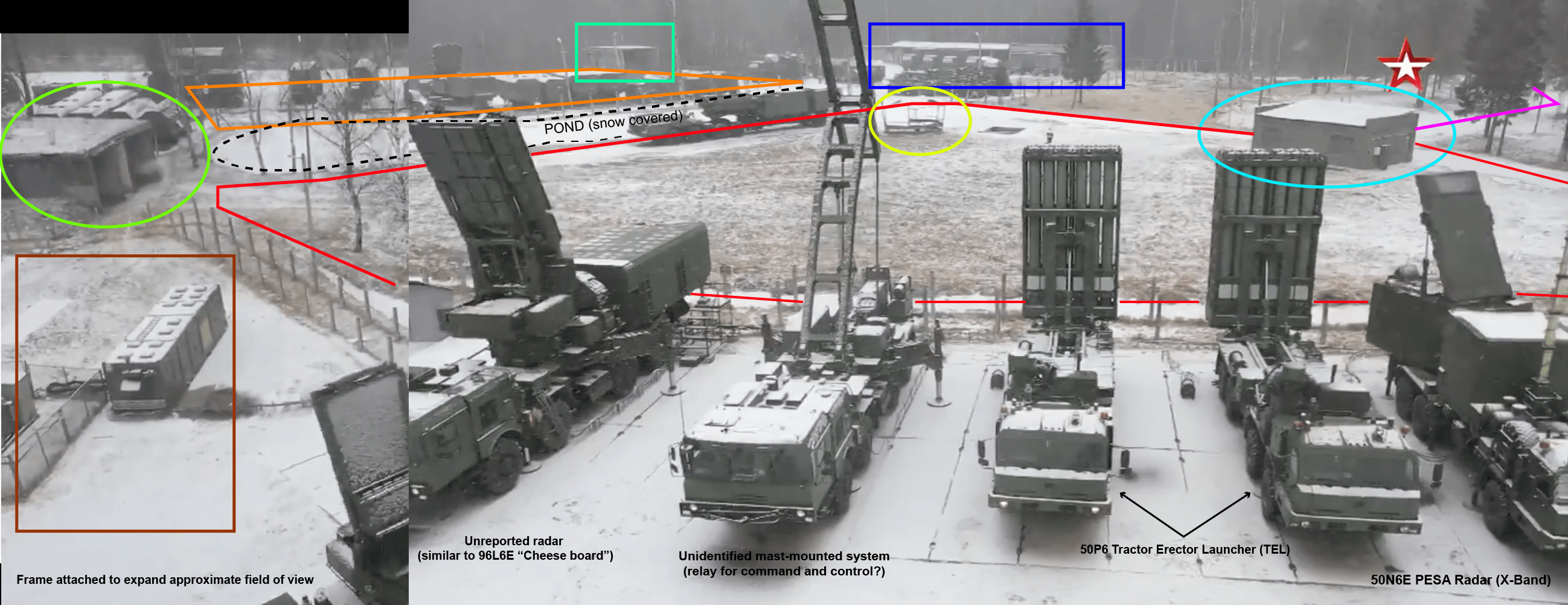
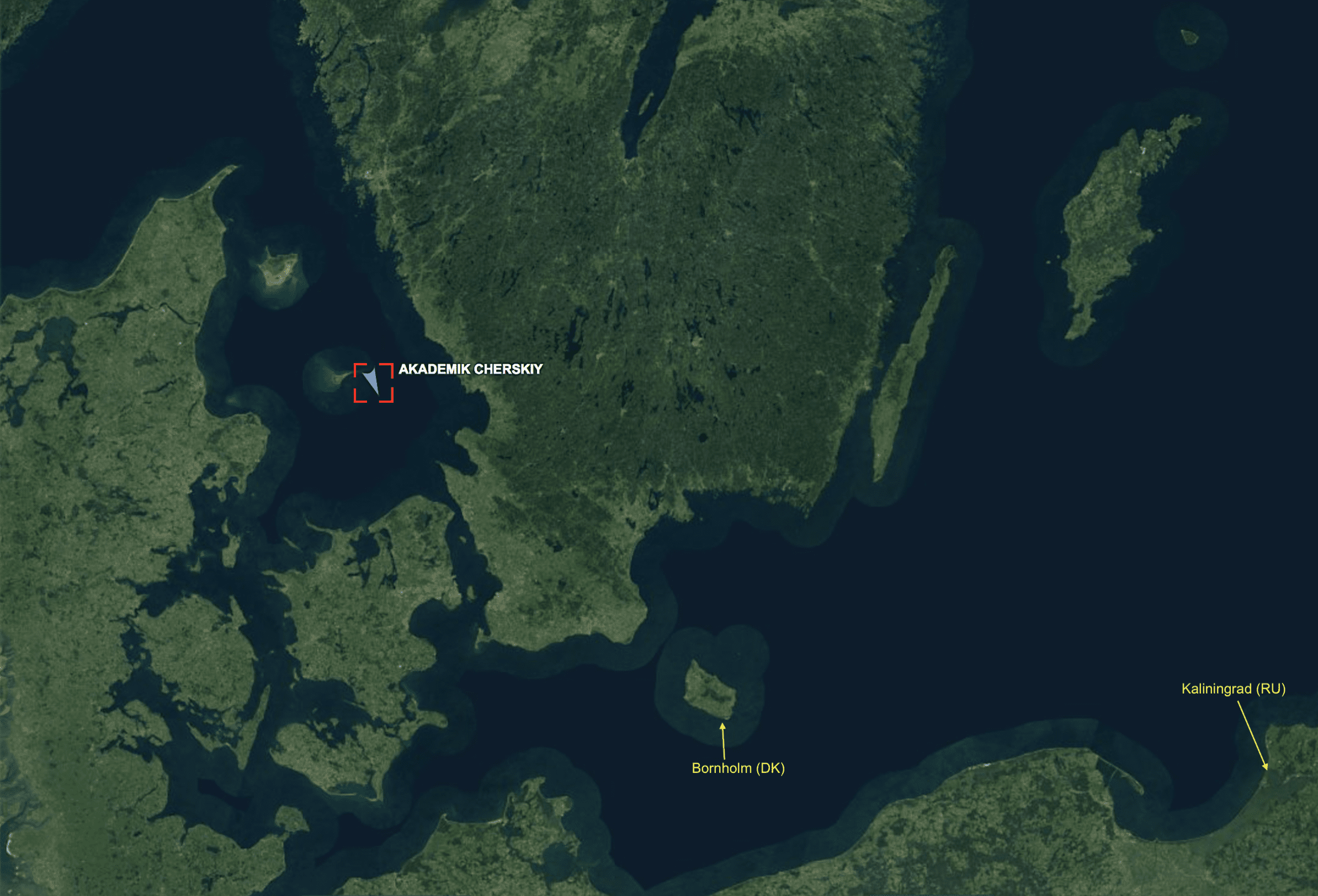

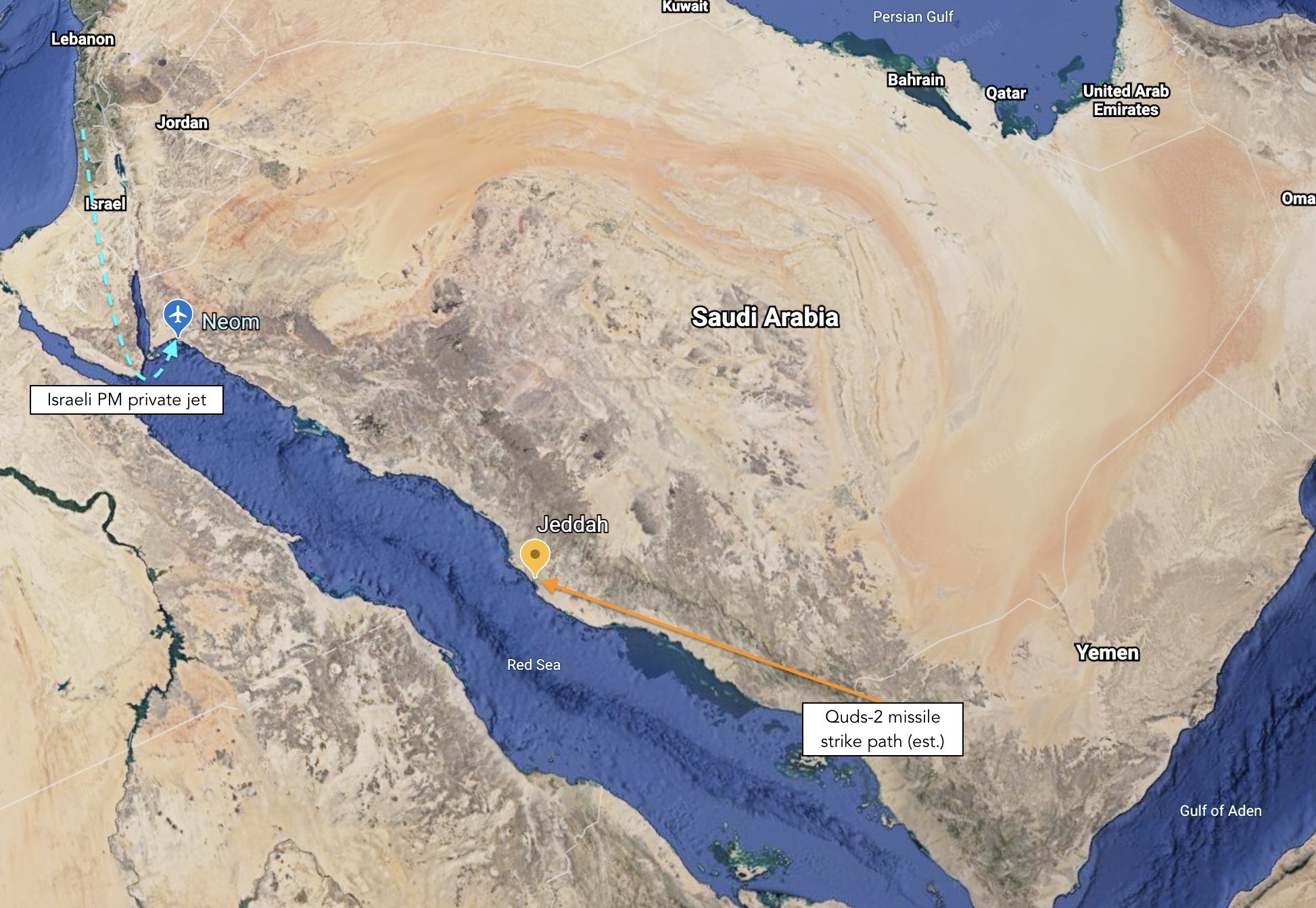

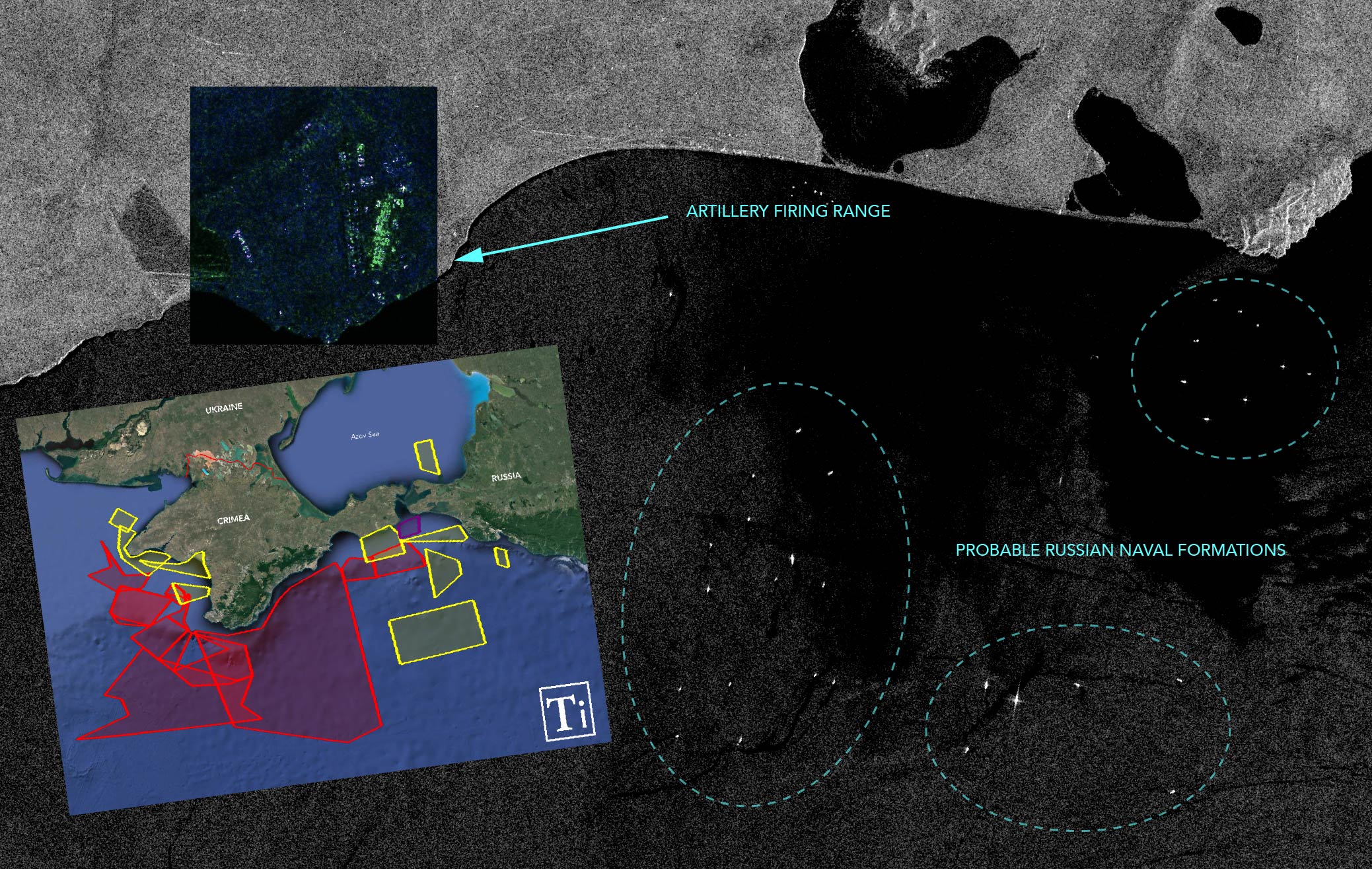
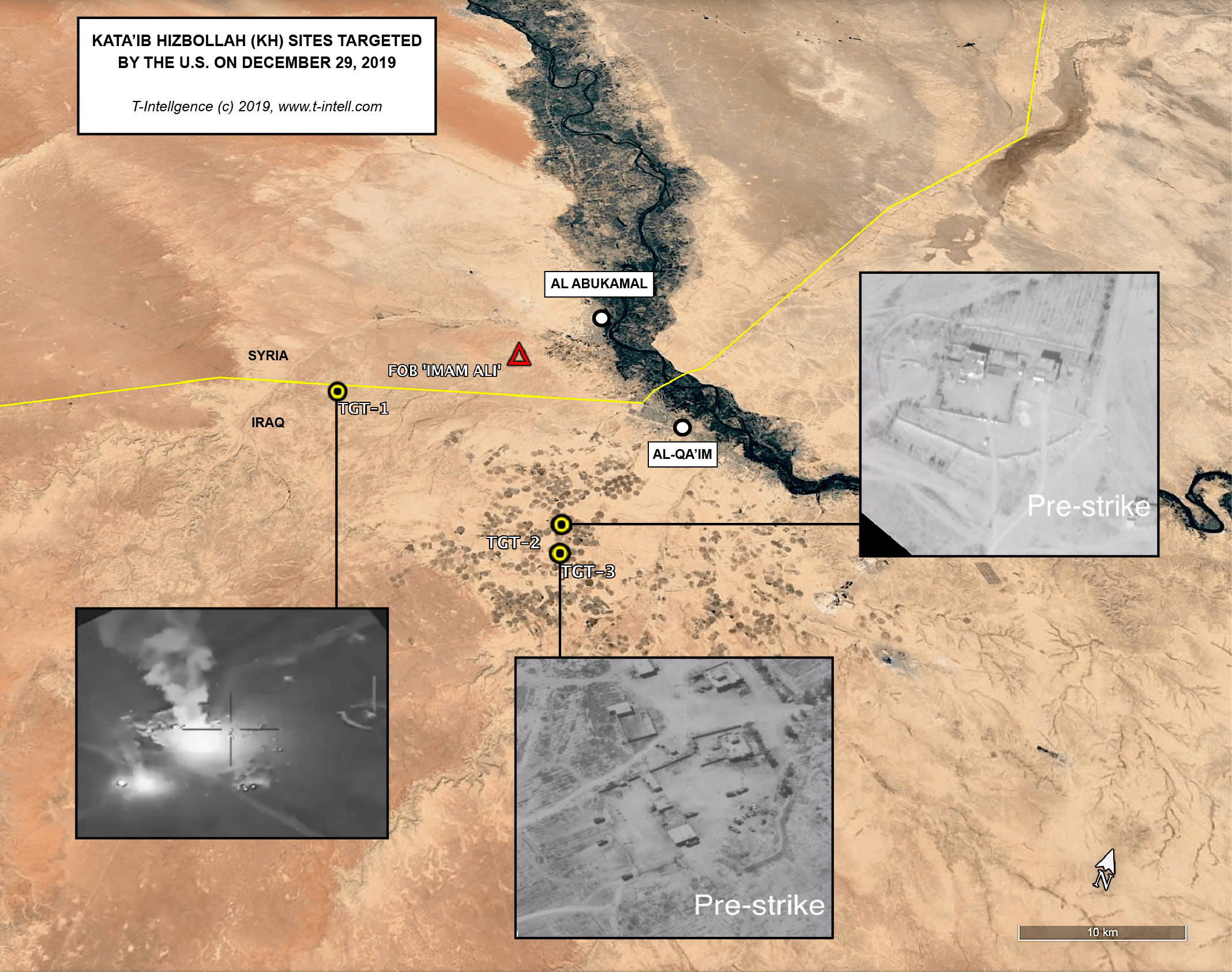
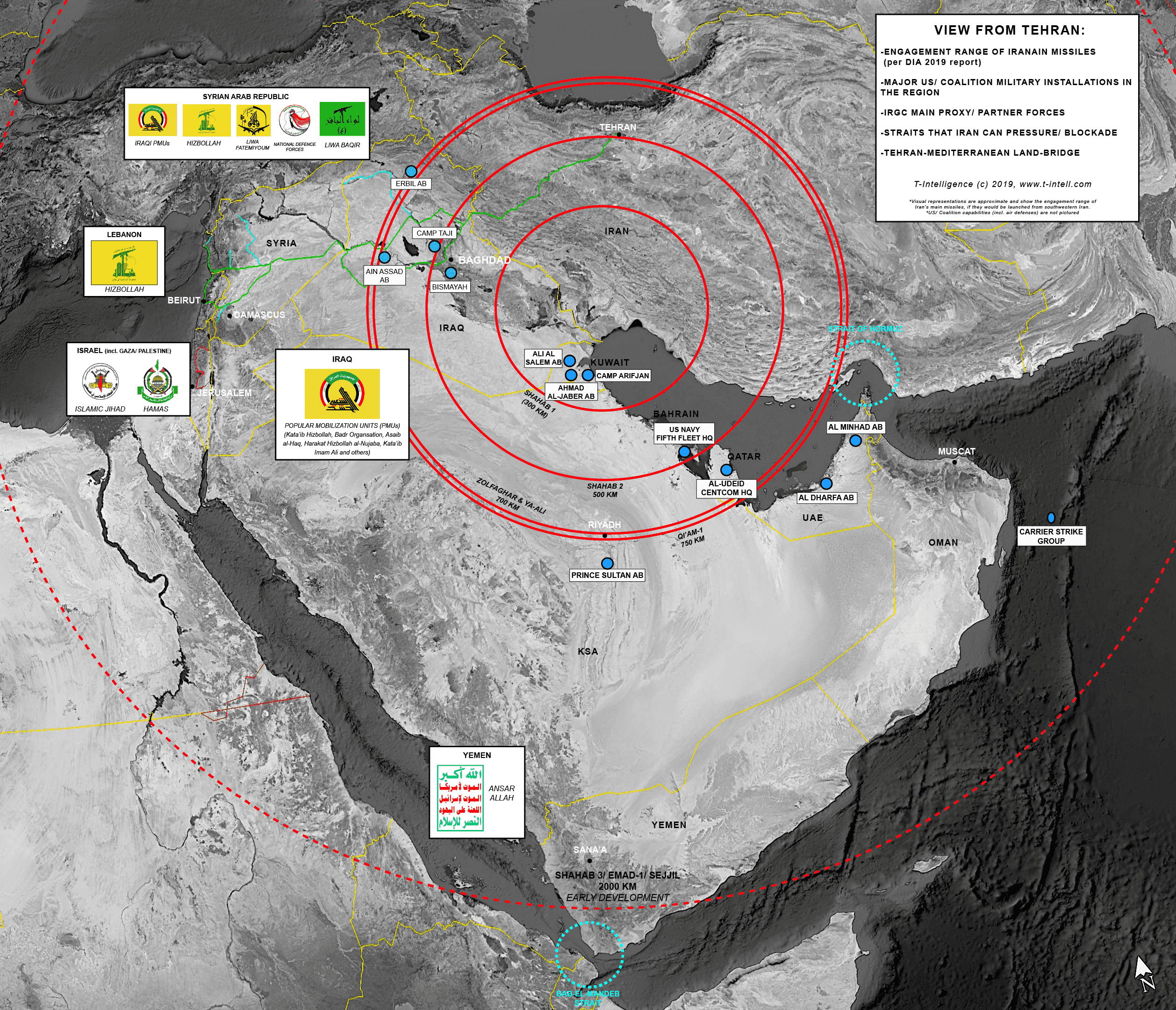


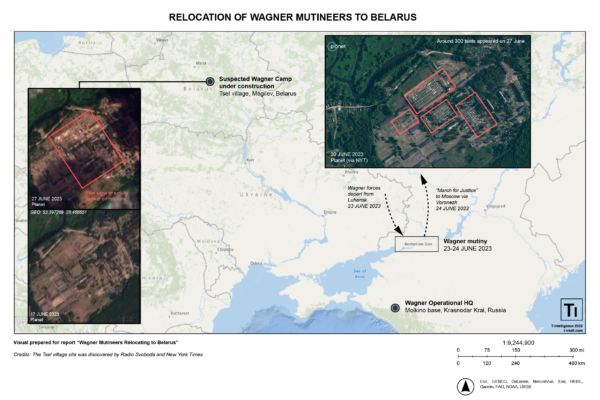

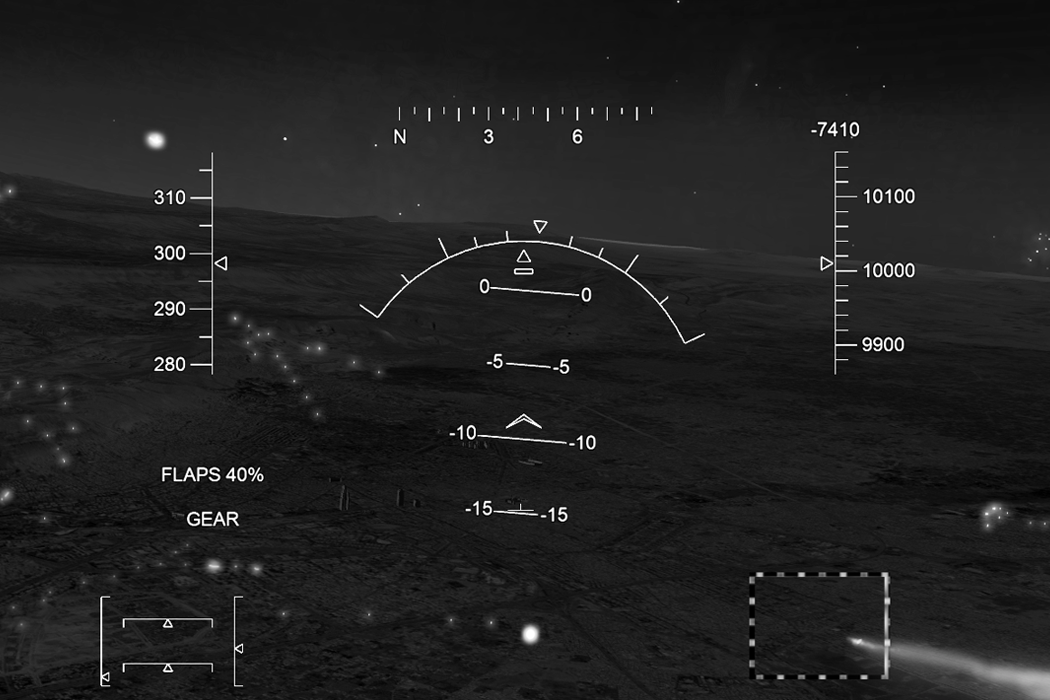
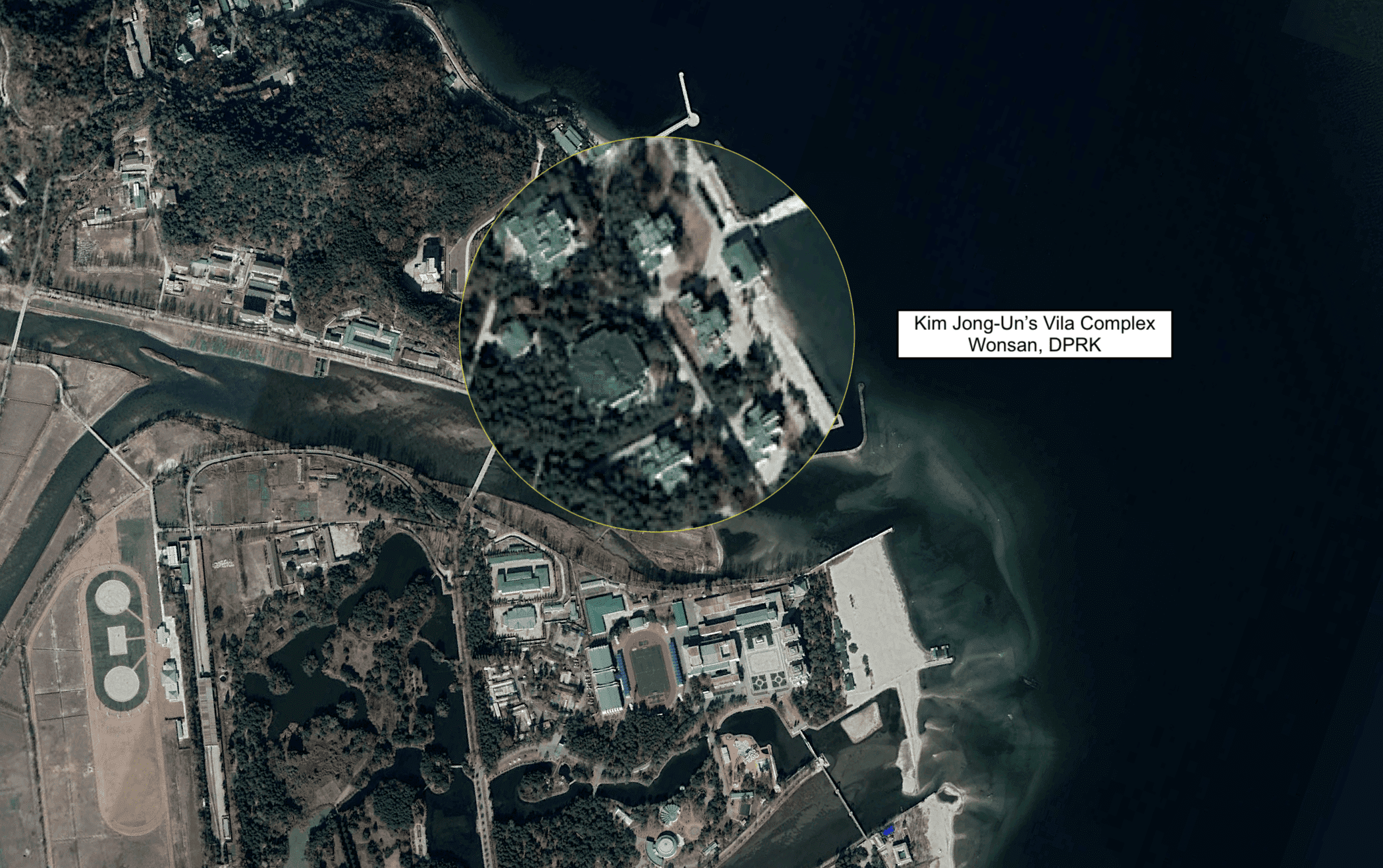

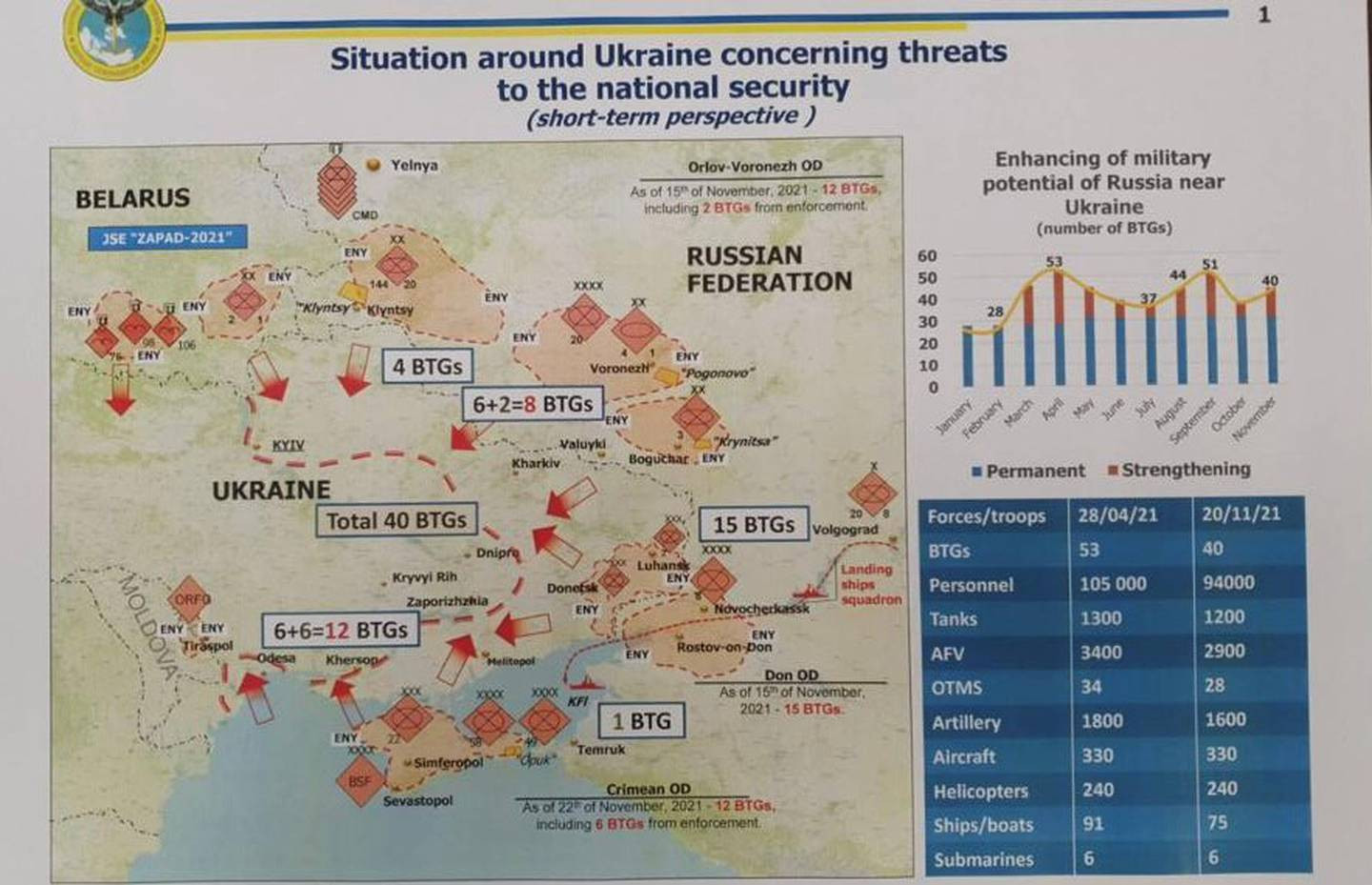
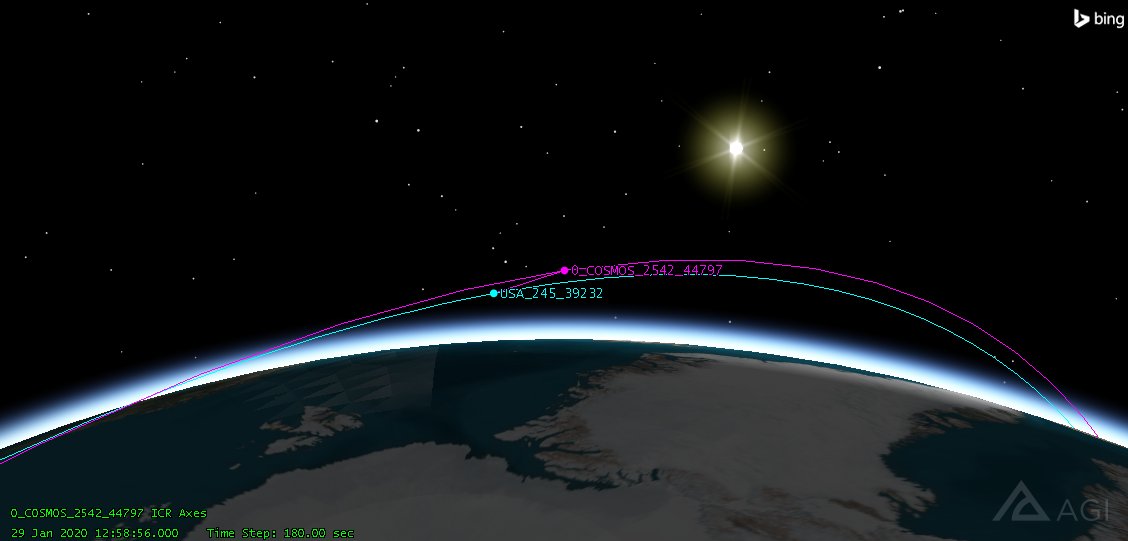



![This is How Iran Bombed Saudi Arabia [PRELIMINARY ASSESSMENT]](https://t-intell.com/wp-content/uploads/2019/09/map4cover-01-compressor.png)
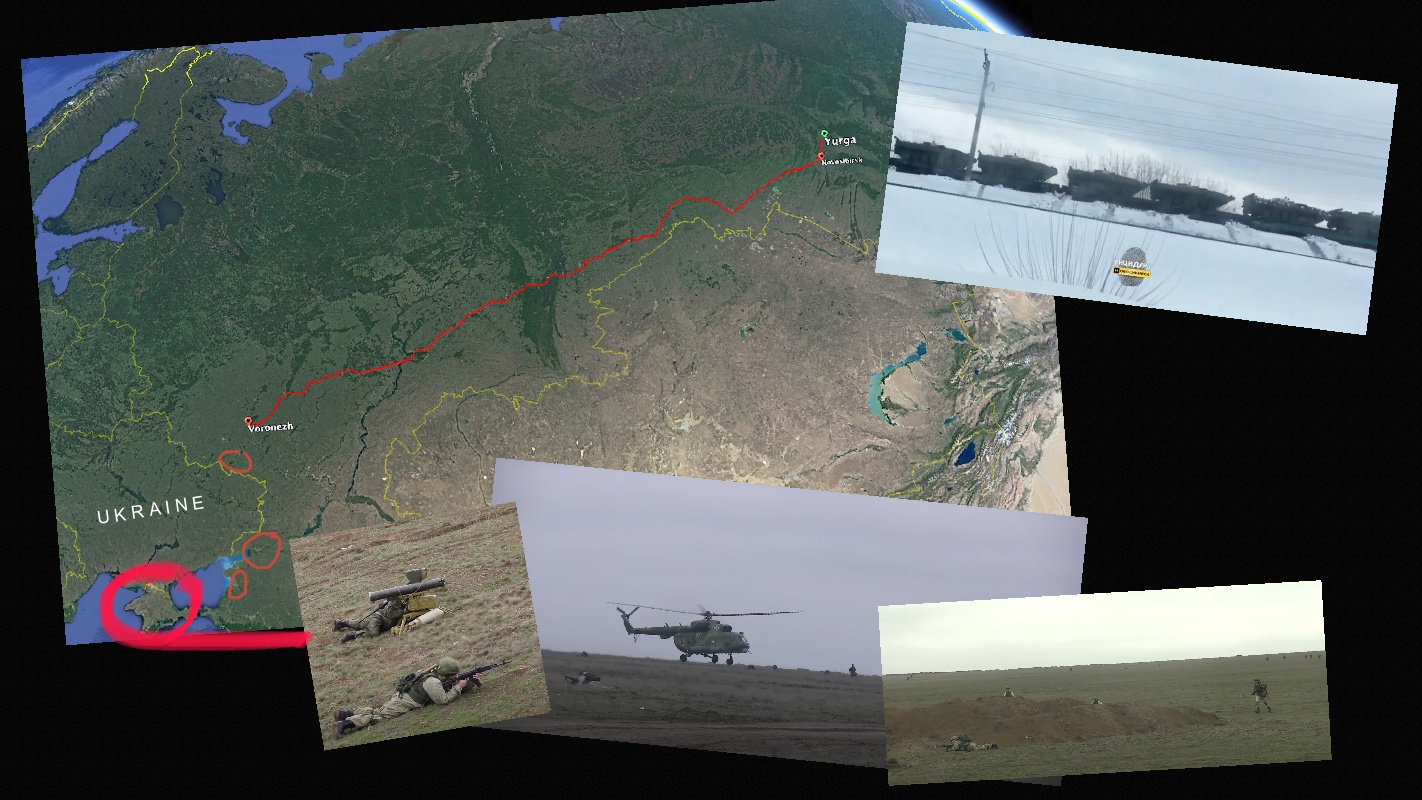
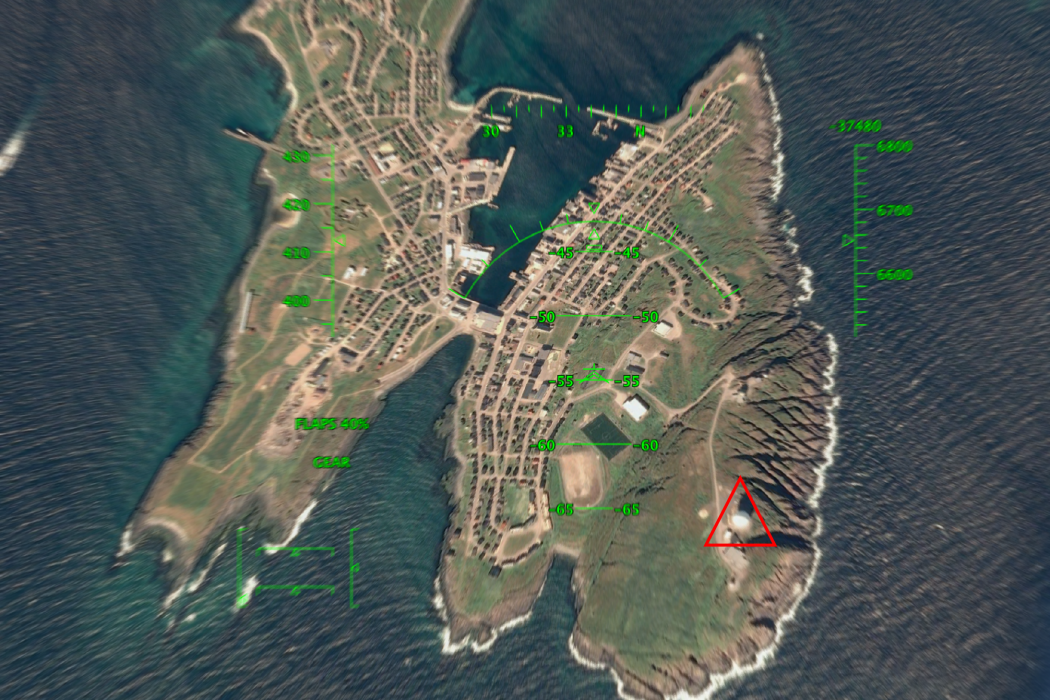


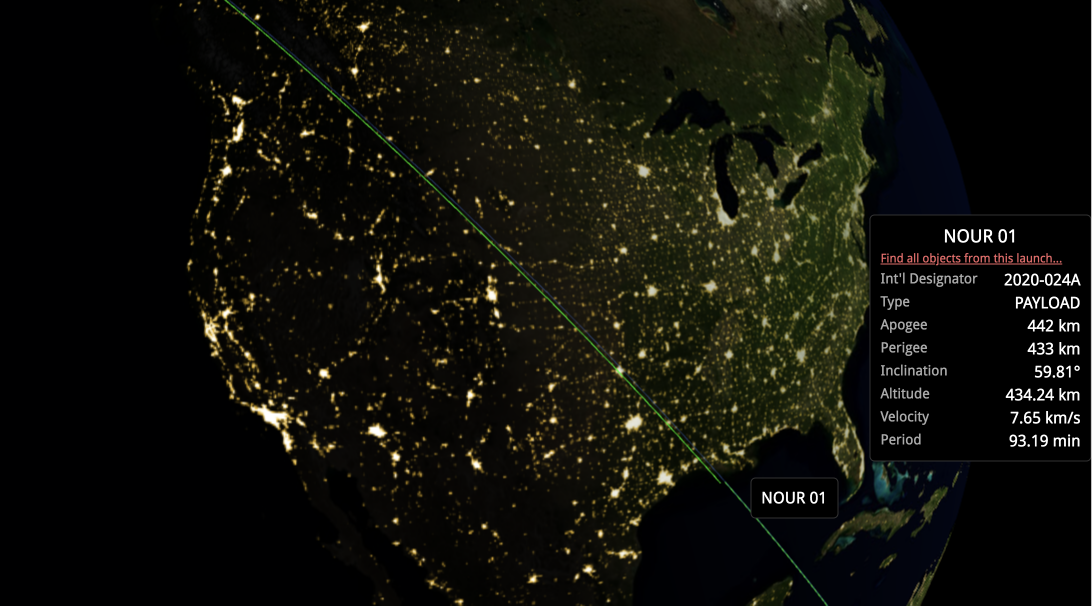
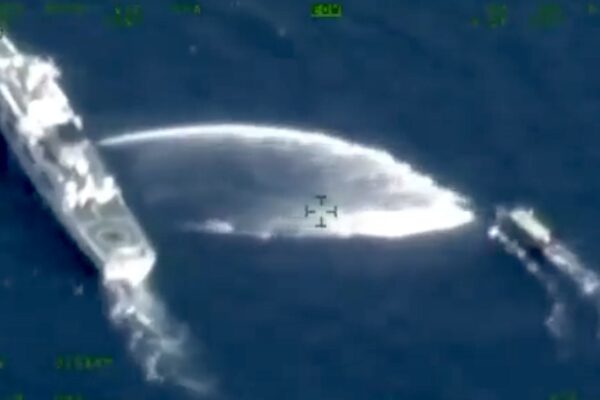
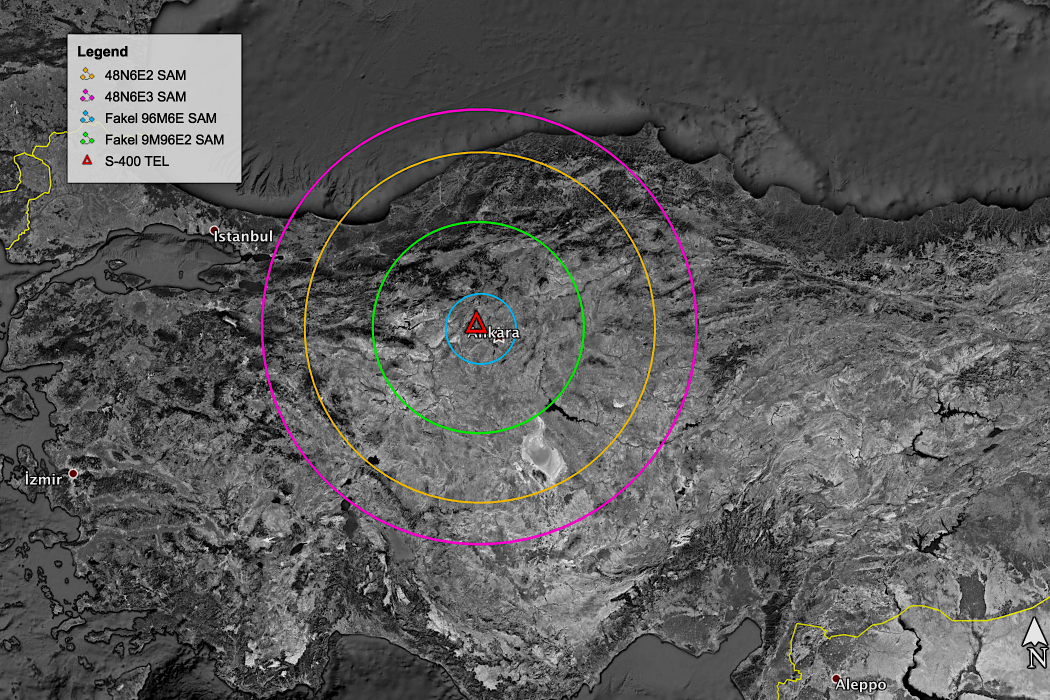


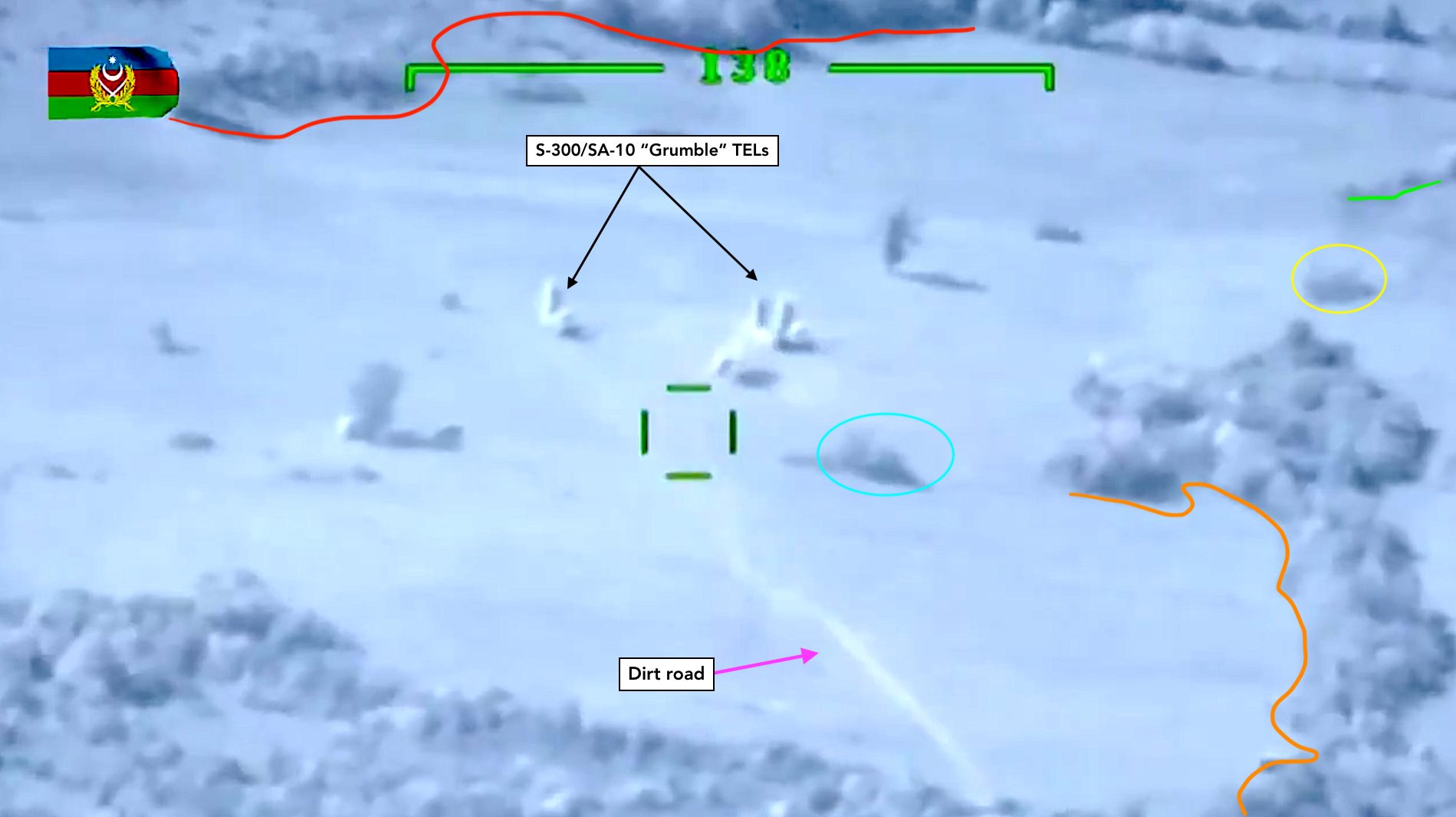
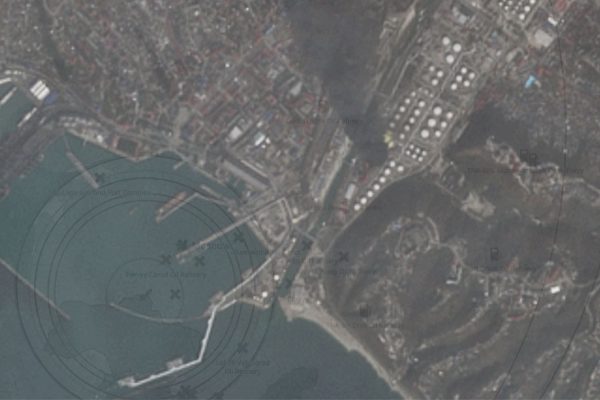
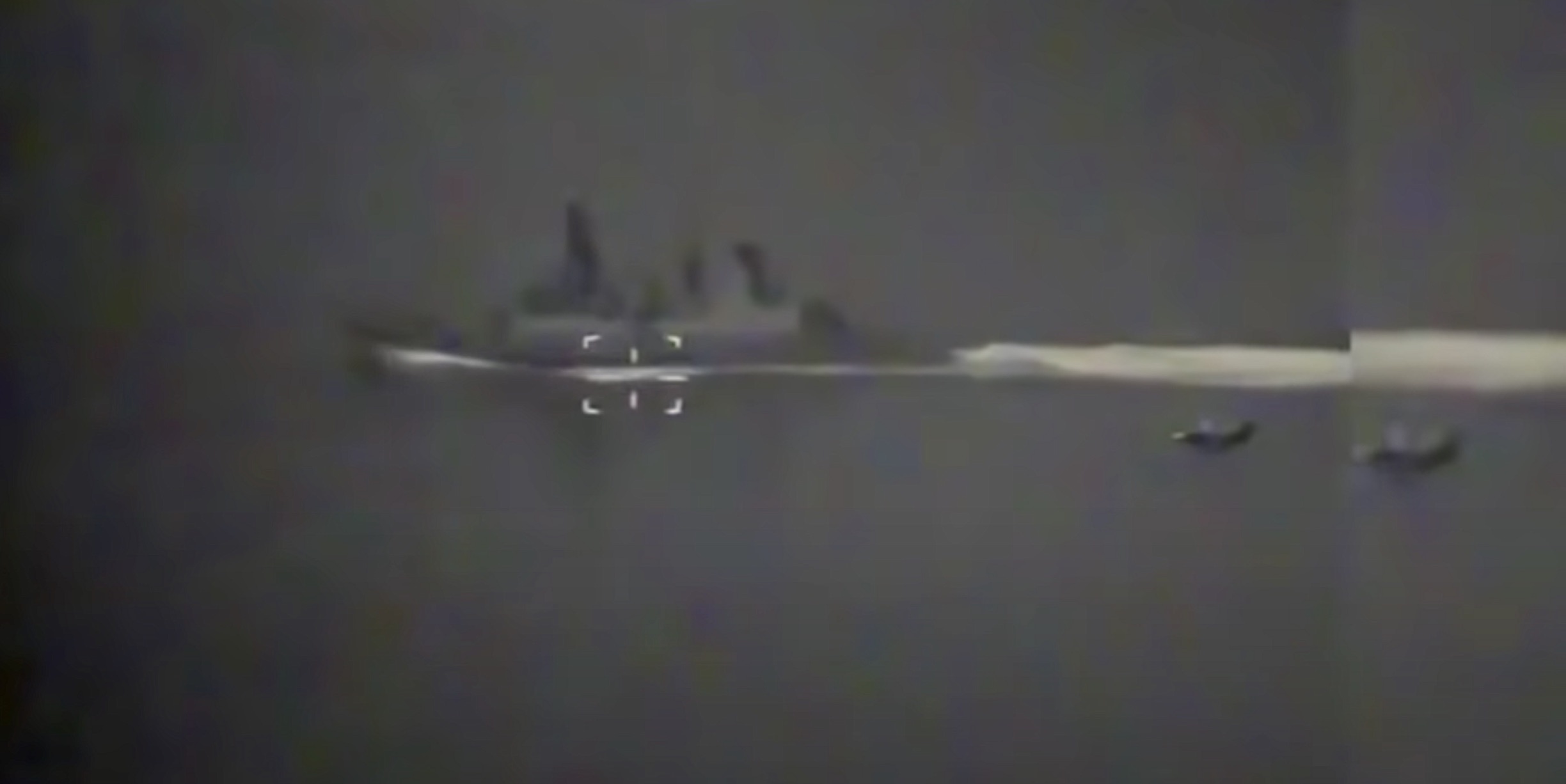

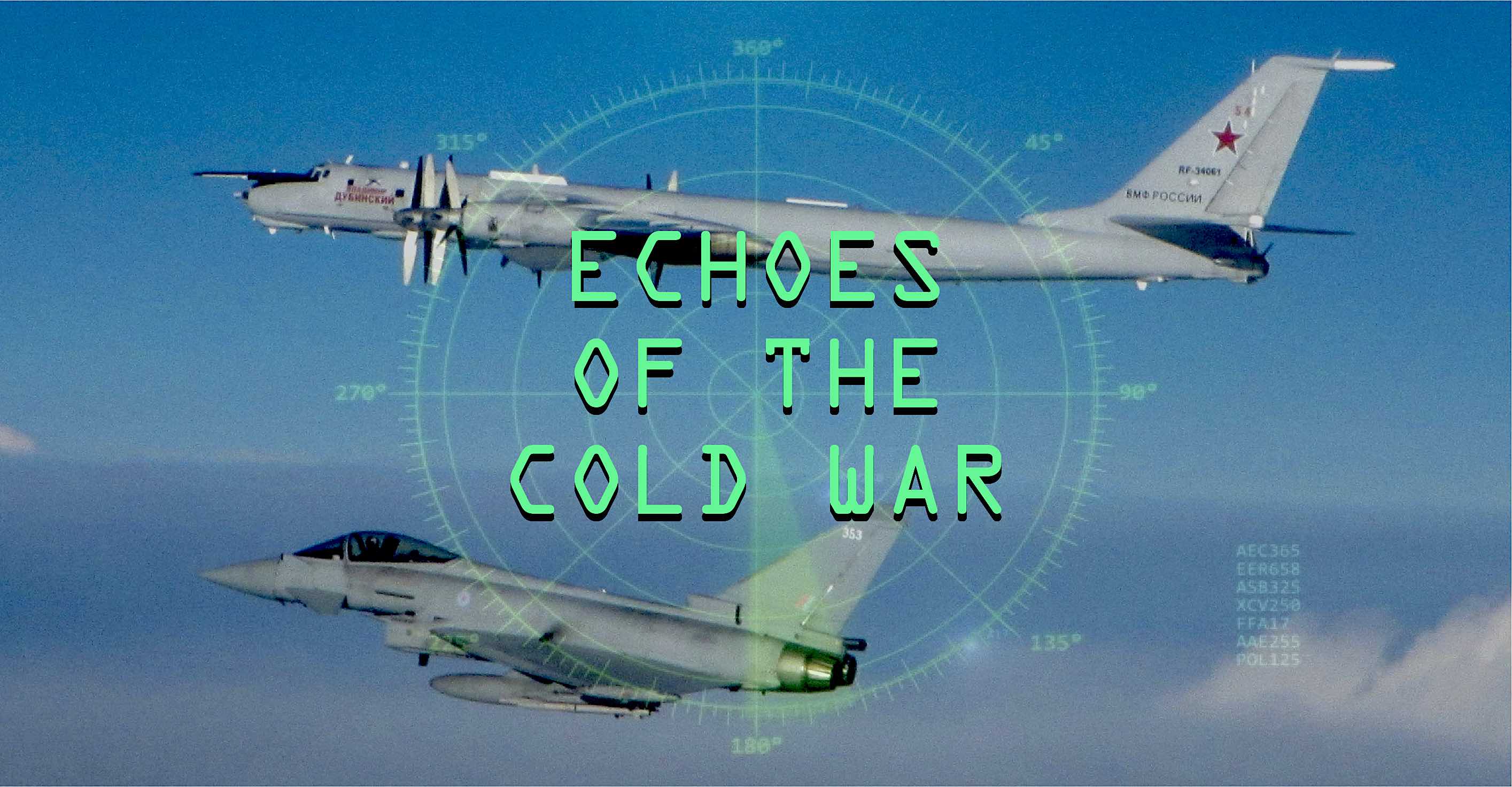
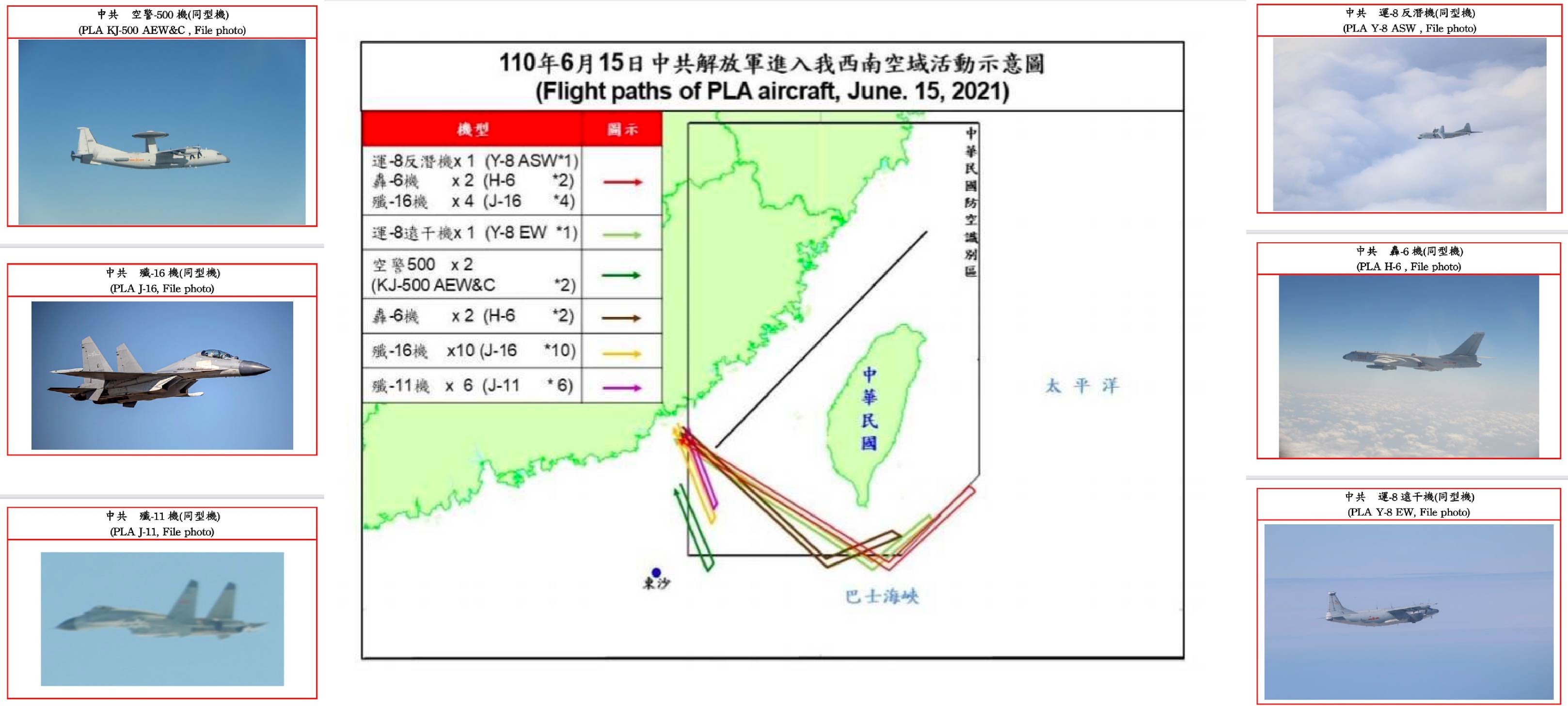
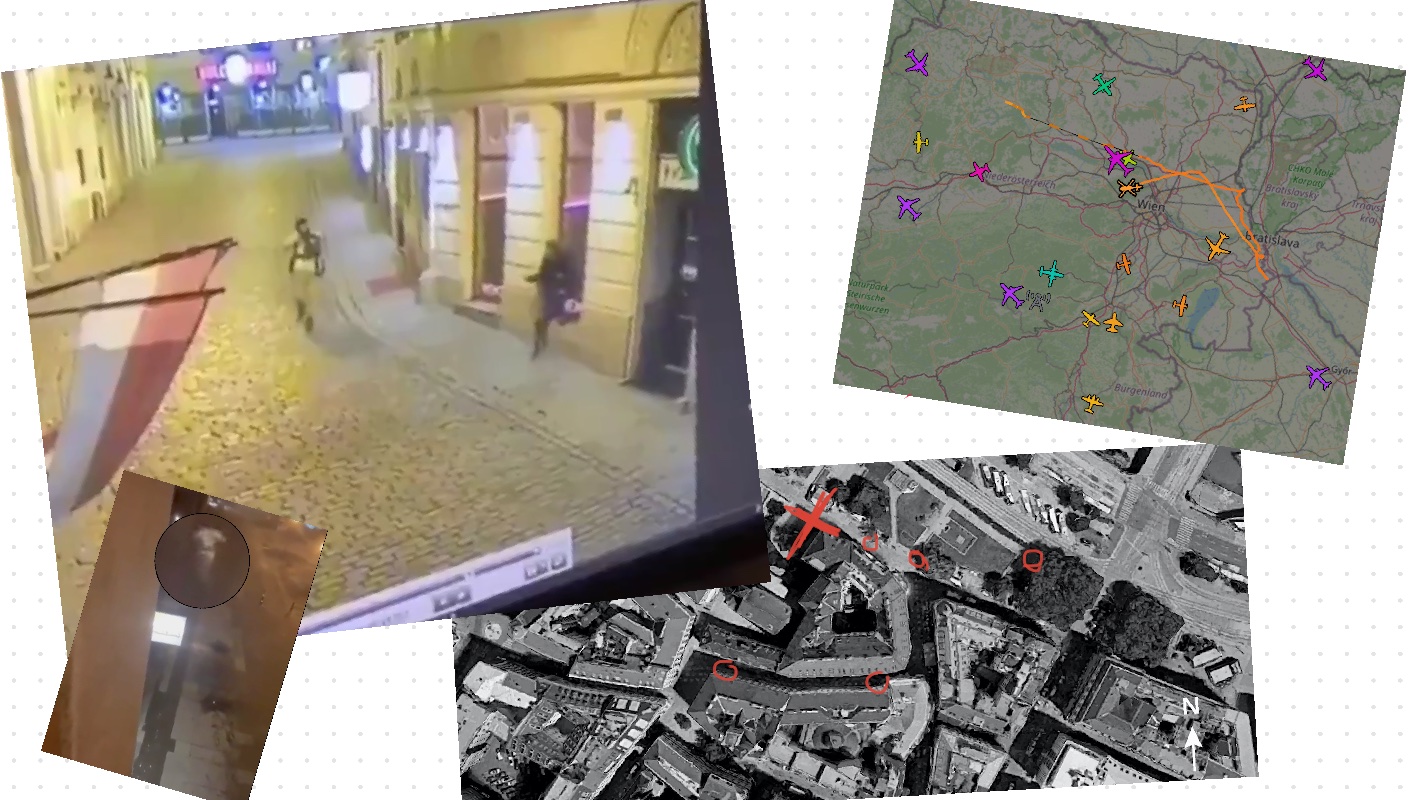

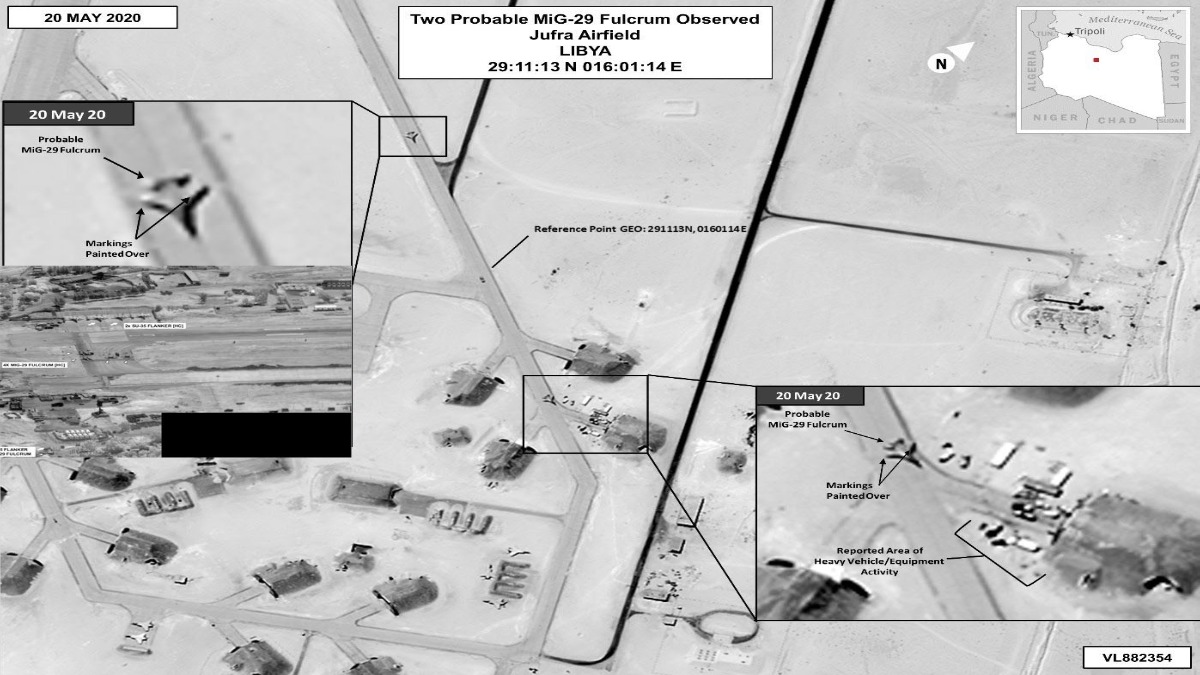
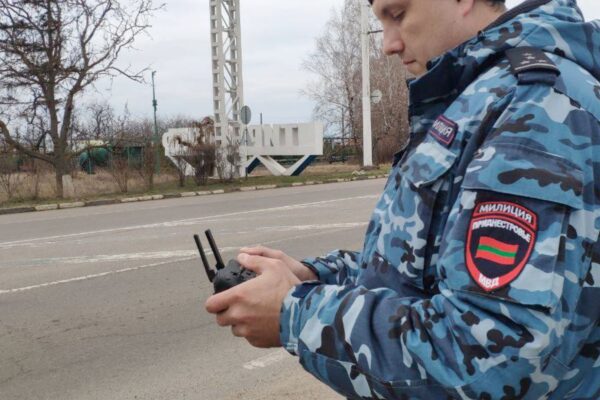
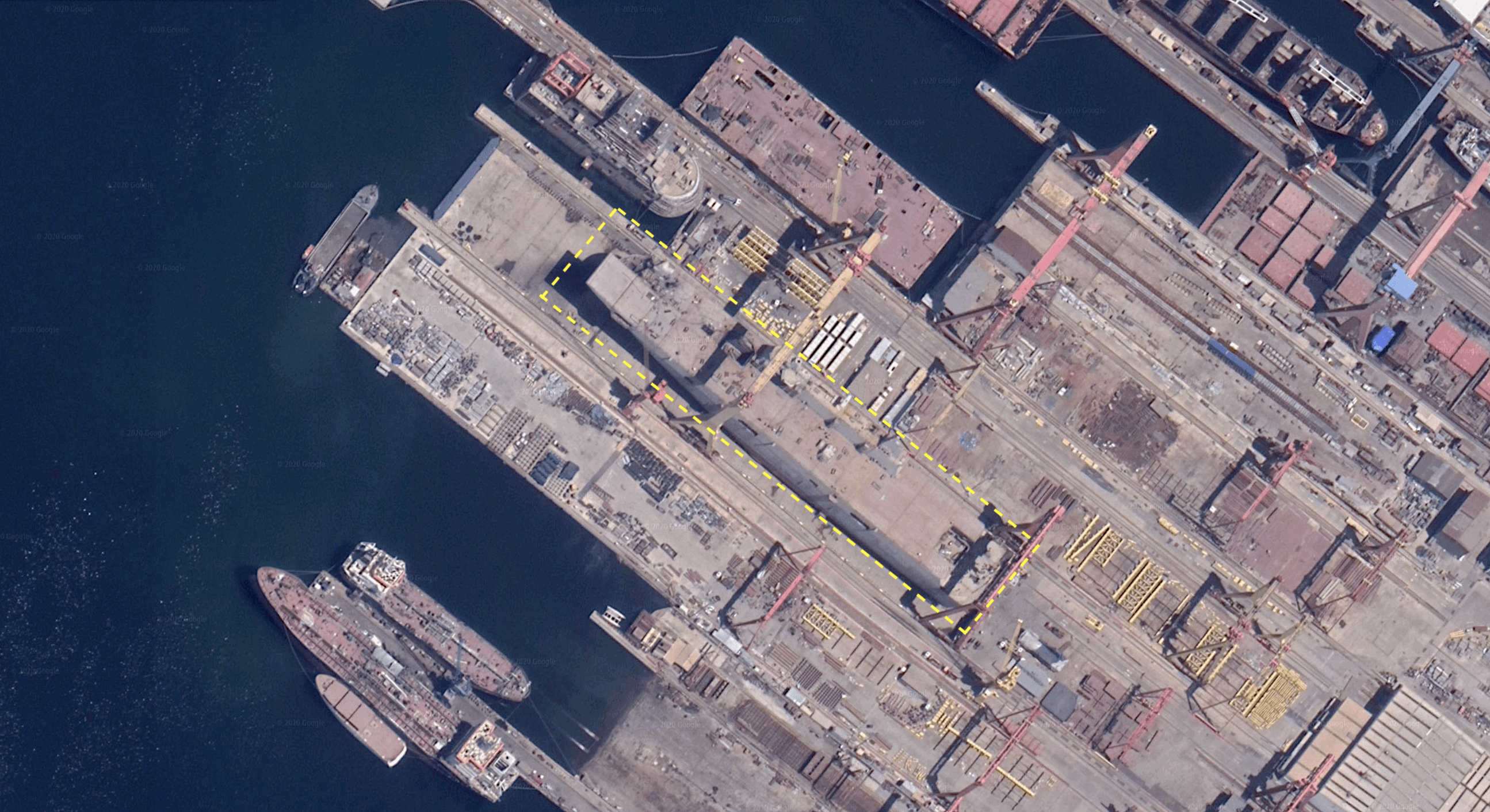


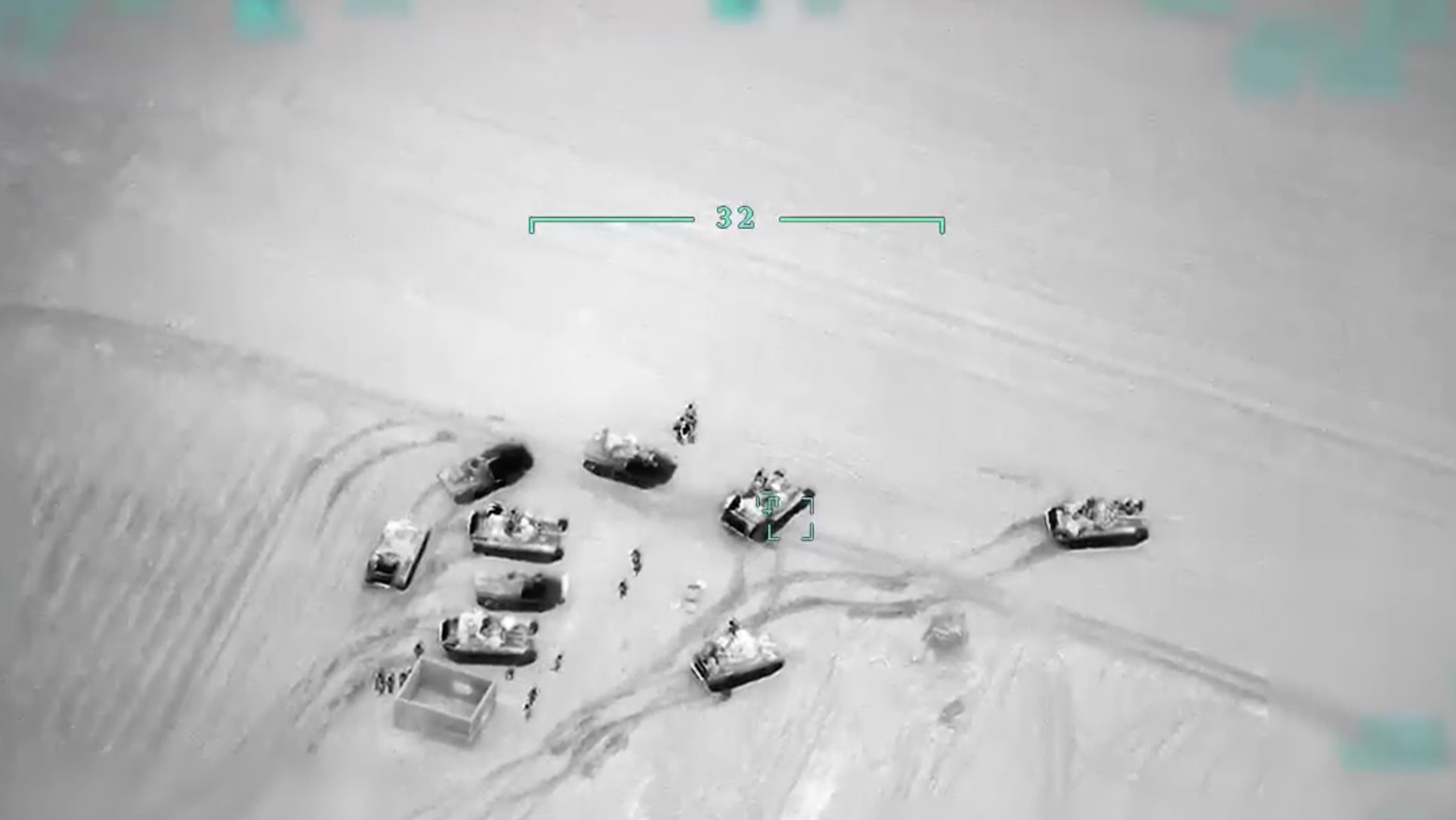
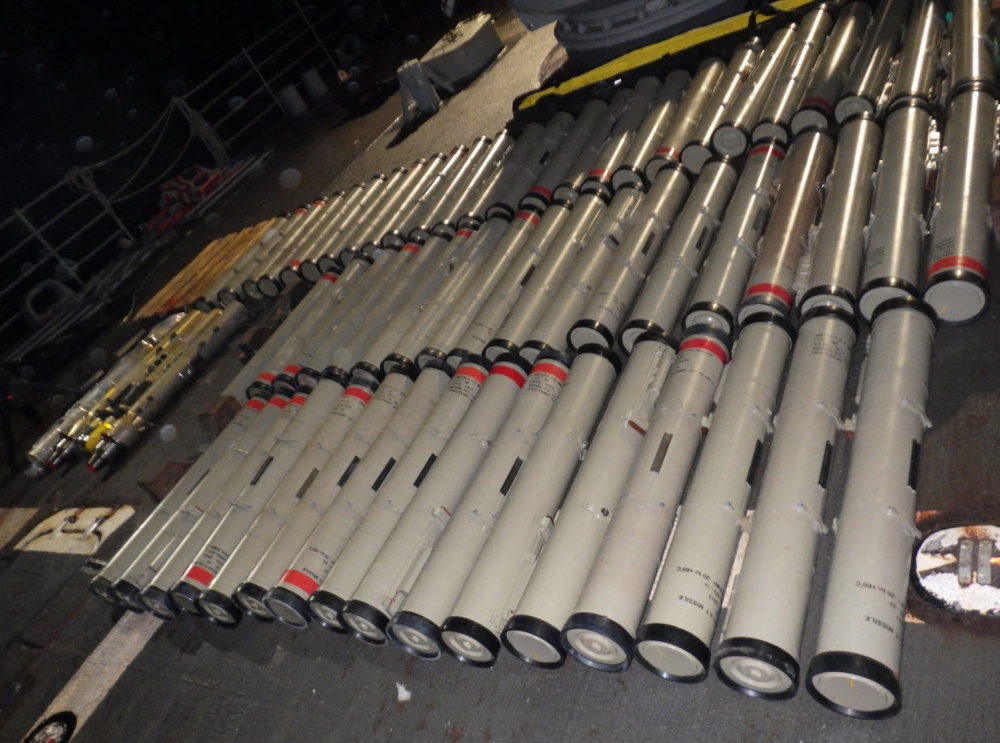
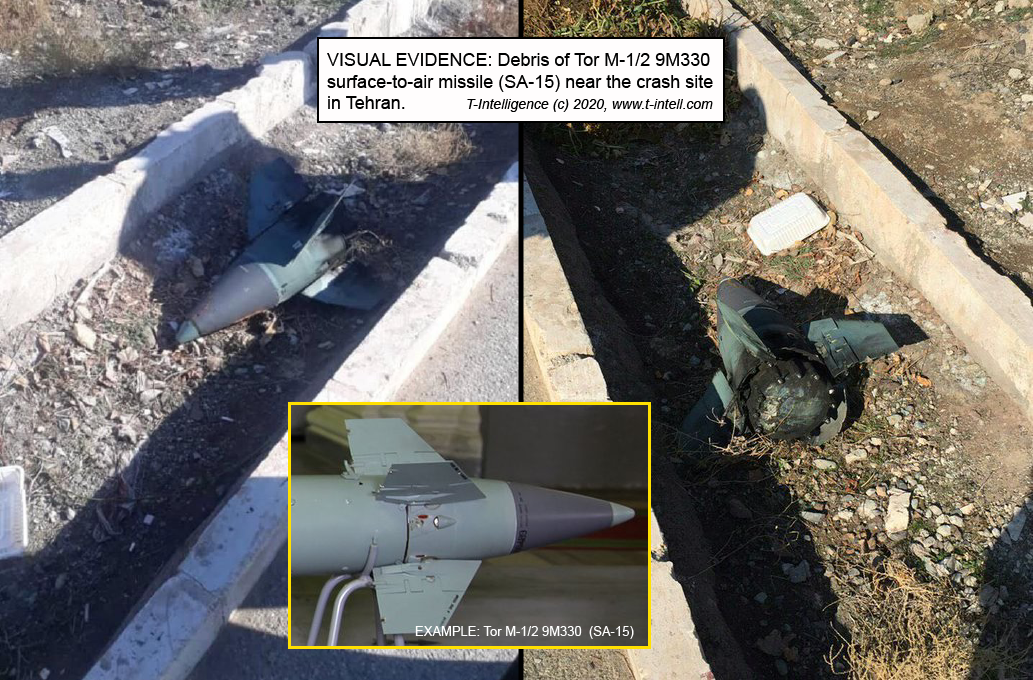


![Pride of Belarus: Baranovichi 61st Fighter Air Base [GEOINT]](https://t-intell.com/wp-content/uploads/2021/08/cover_article.jpg)

![Evacuation “Shattered Glass”: The US/ Coalition Bases in Syria [Part 1]](https://t-intell.com/wp-content/uploads/2020/02/KLZJan.62018copy_optimized.png)
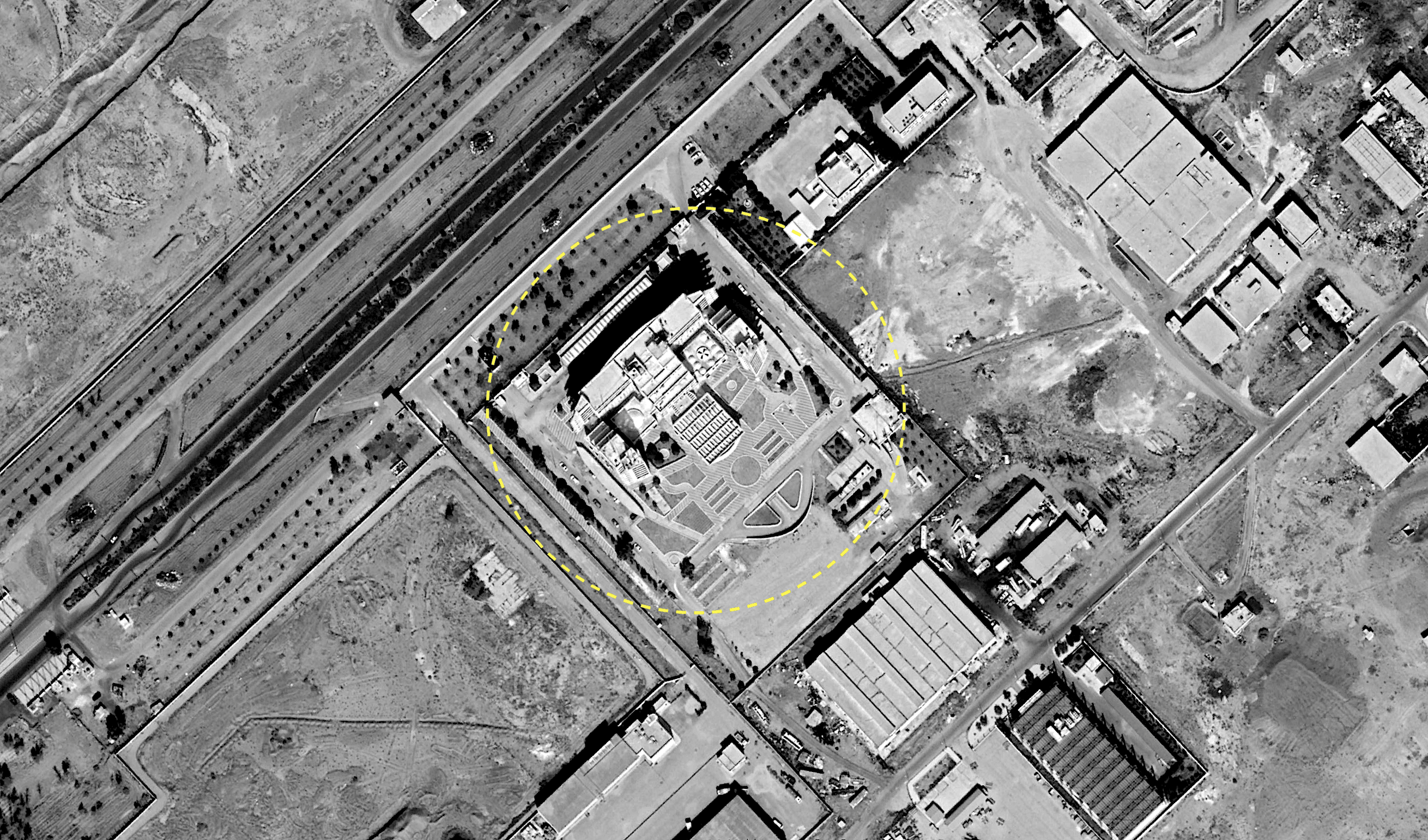

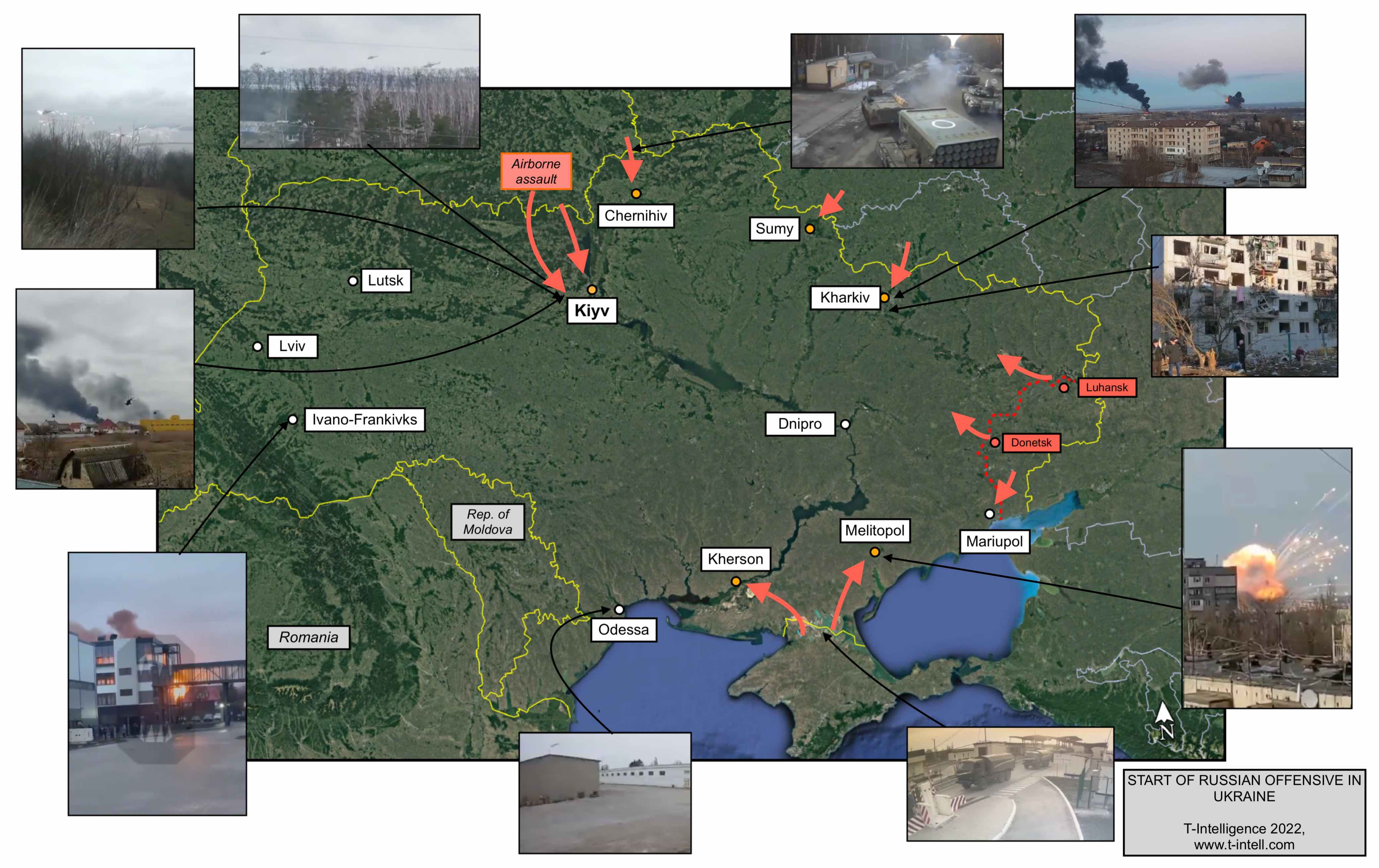

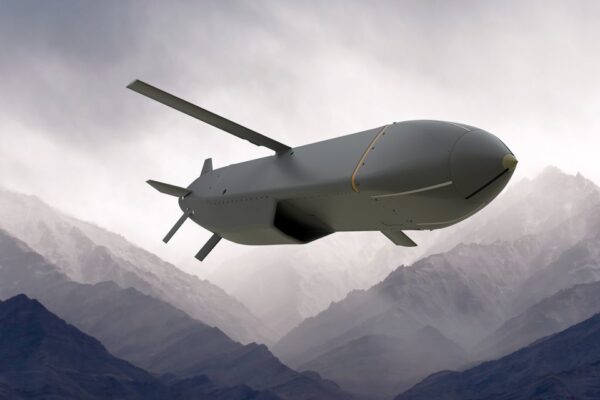

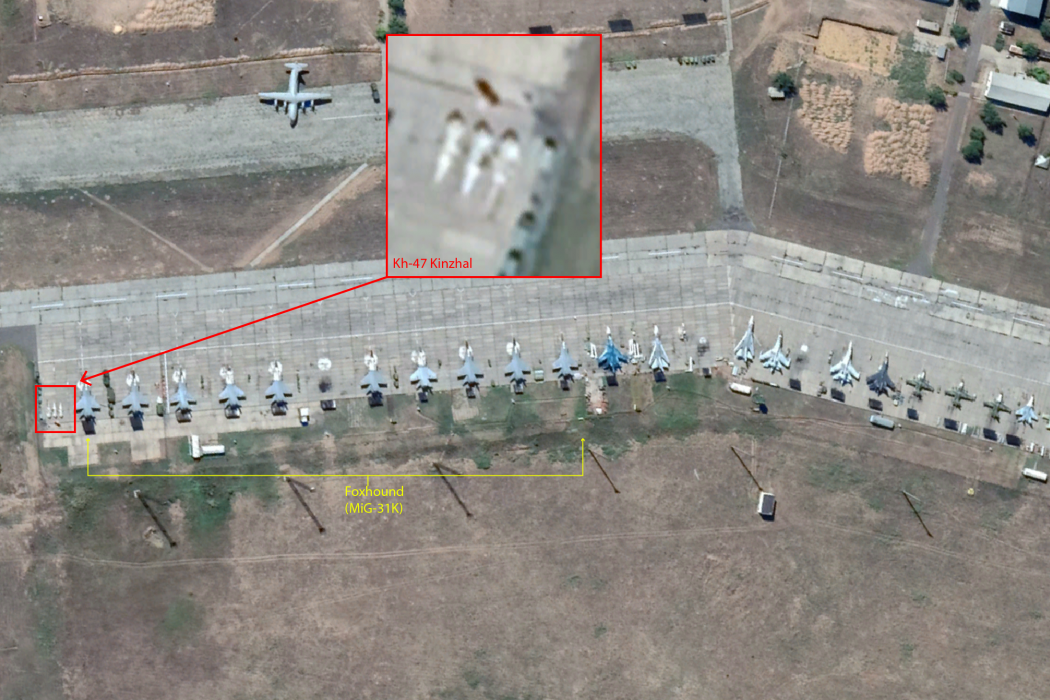
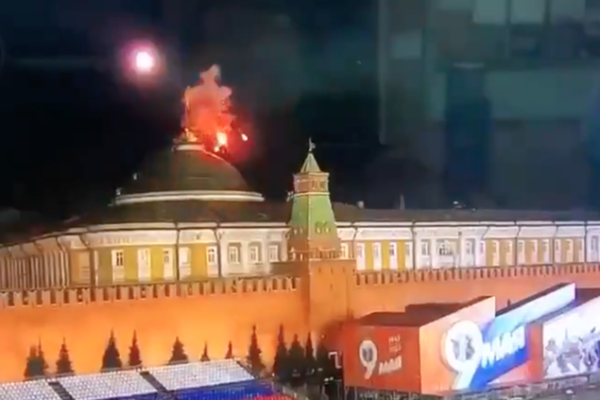


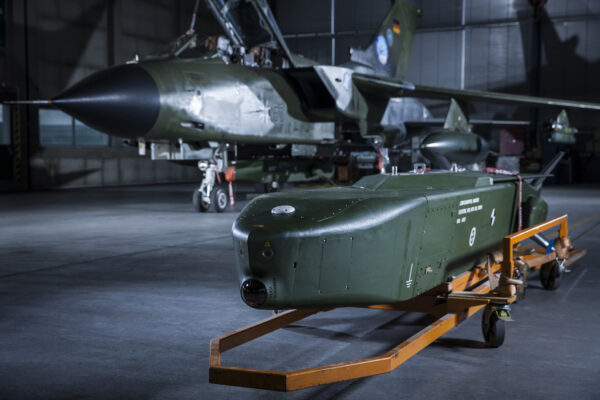
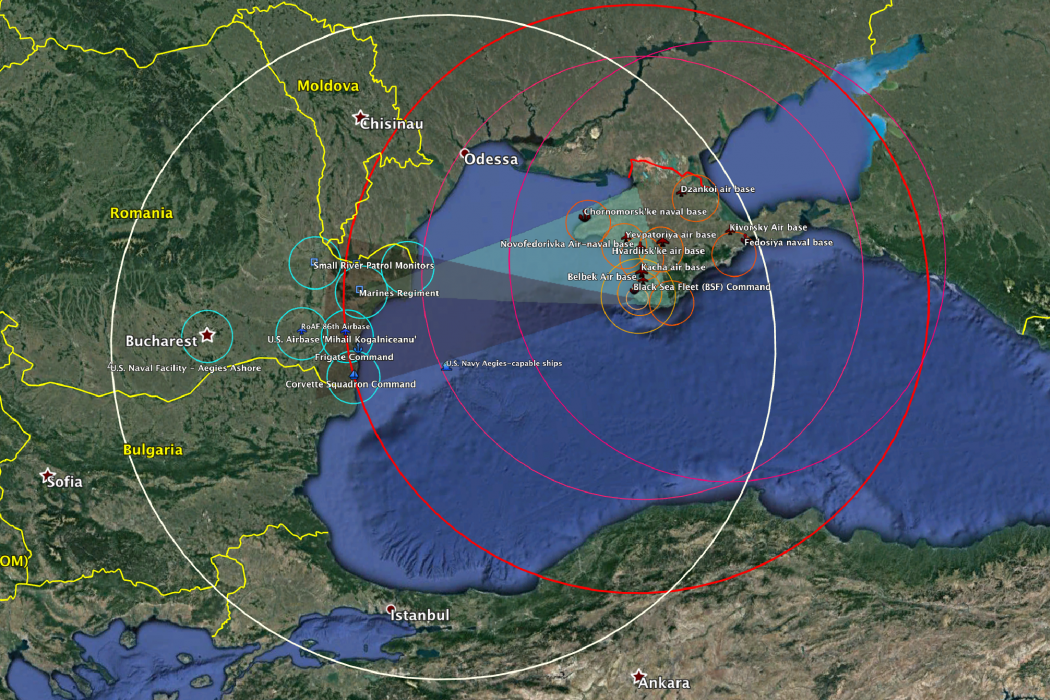

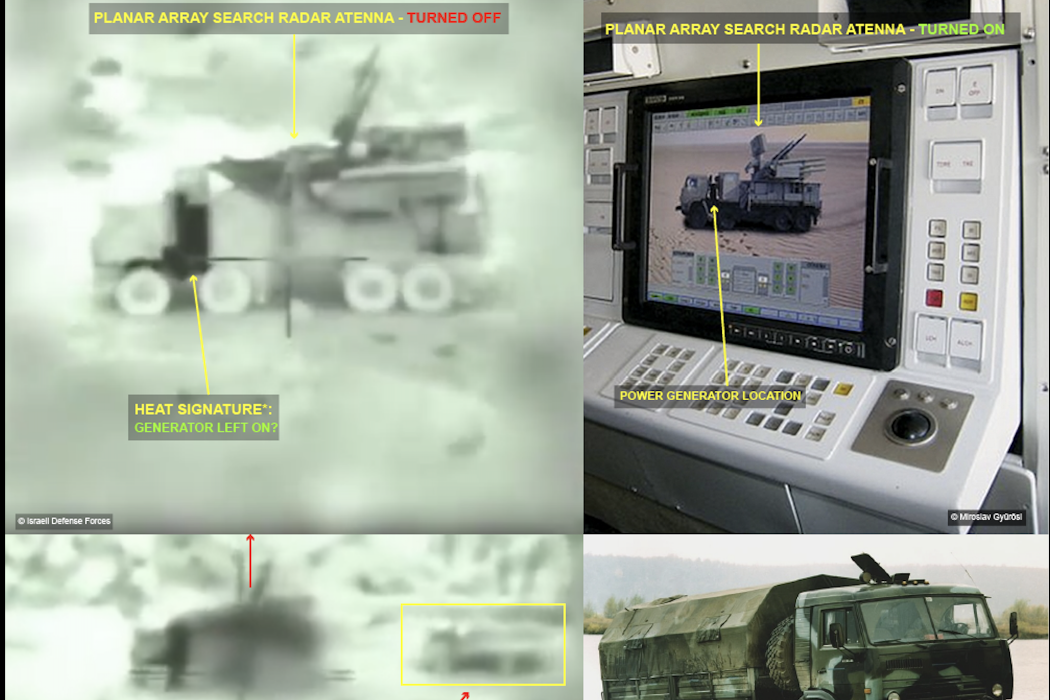
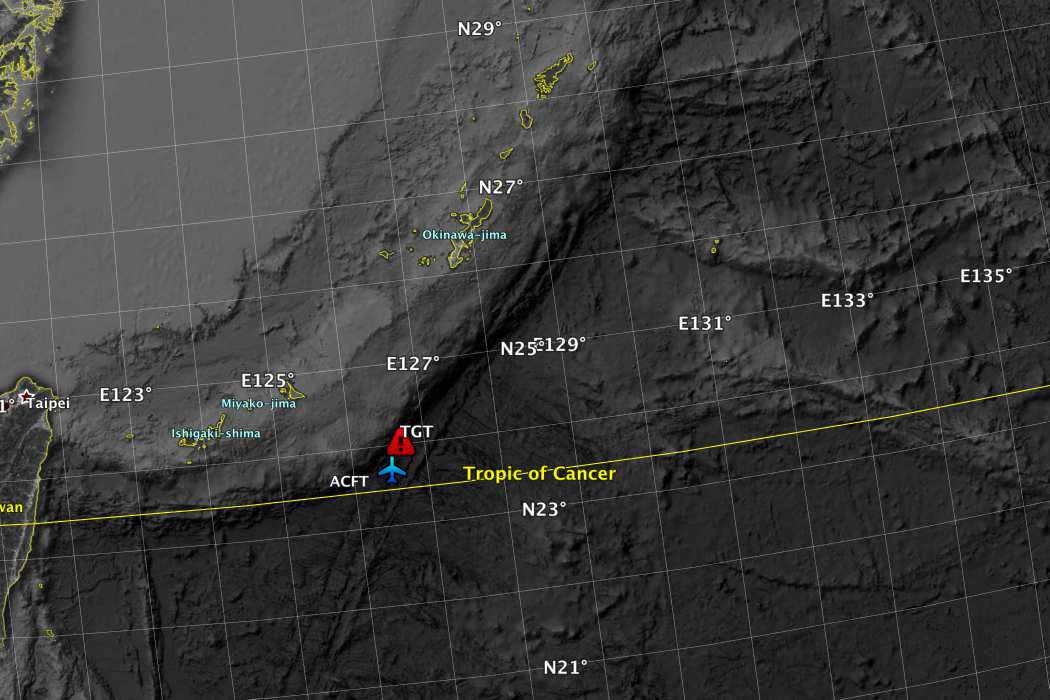
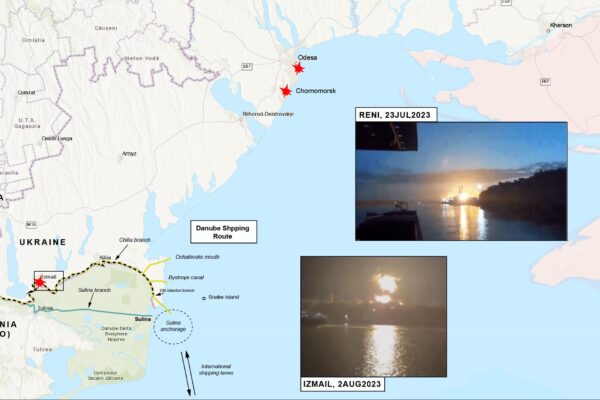
![Evacuation “Shattered Glass”: The US/ Coalition Bases in Syria [Part 2]](https://t-intell.com/wp-content/uploads/2020/02/TelSalman24.2.2018_optimized.png)
